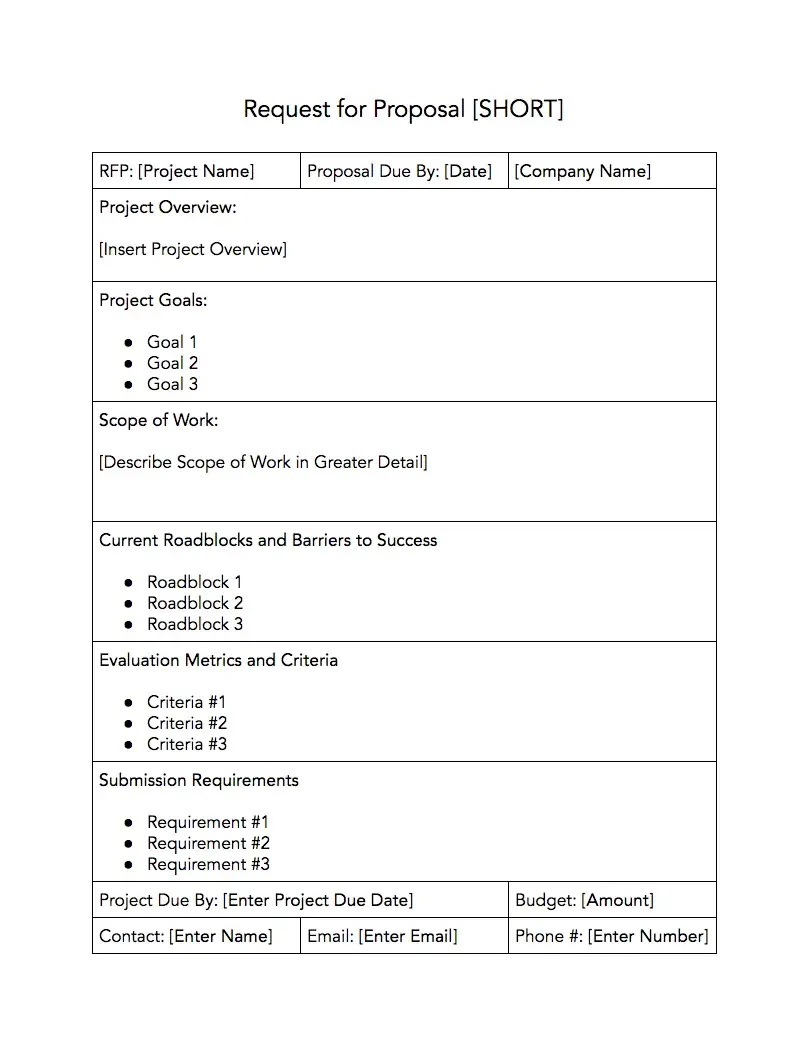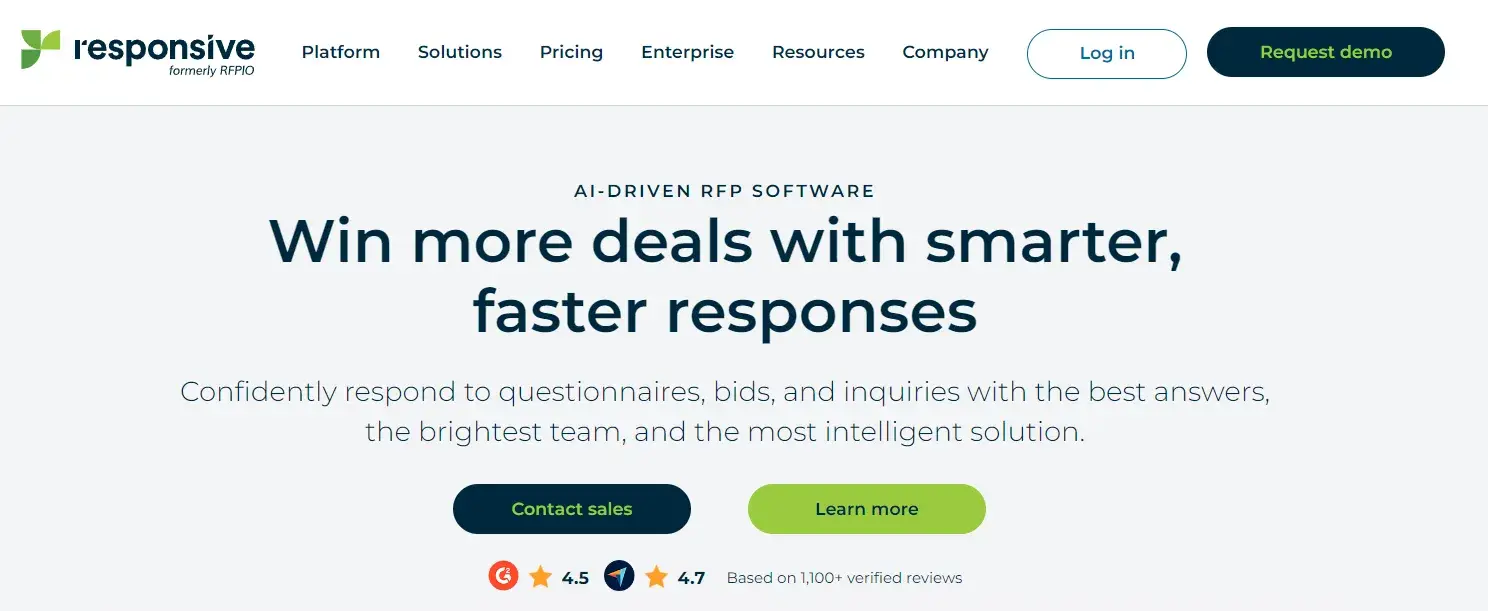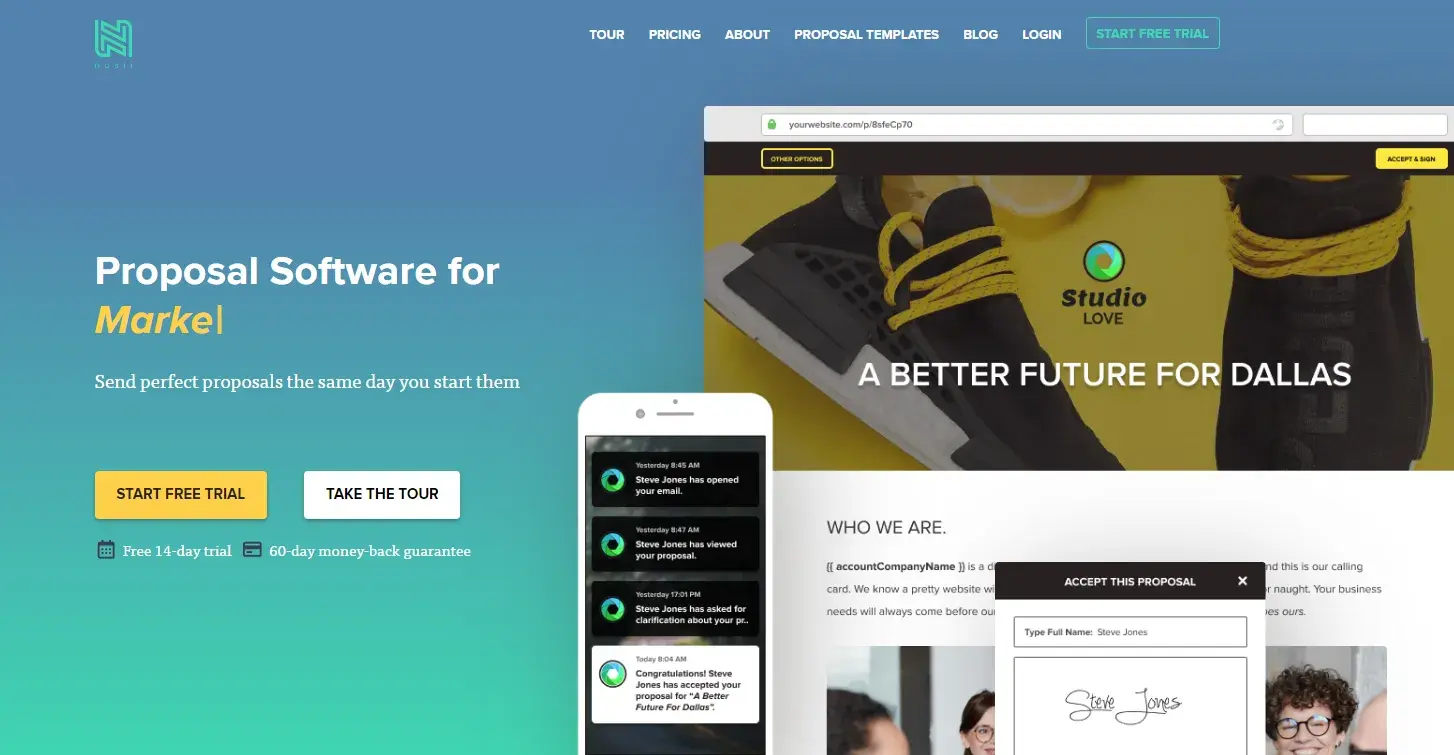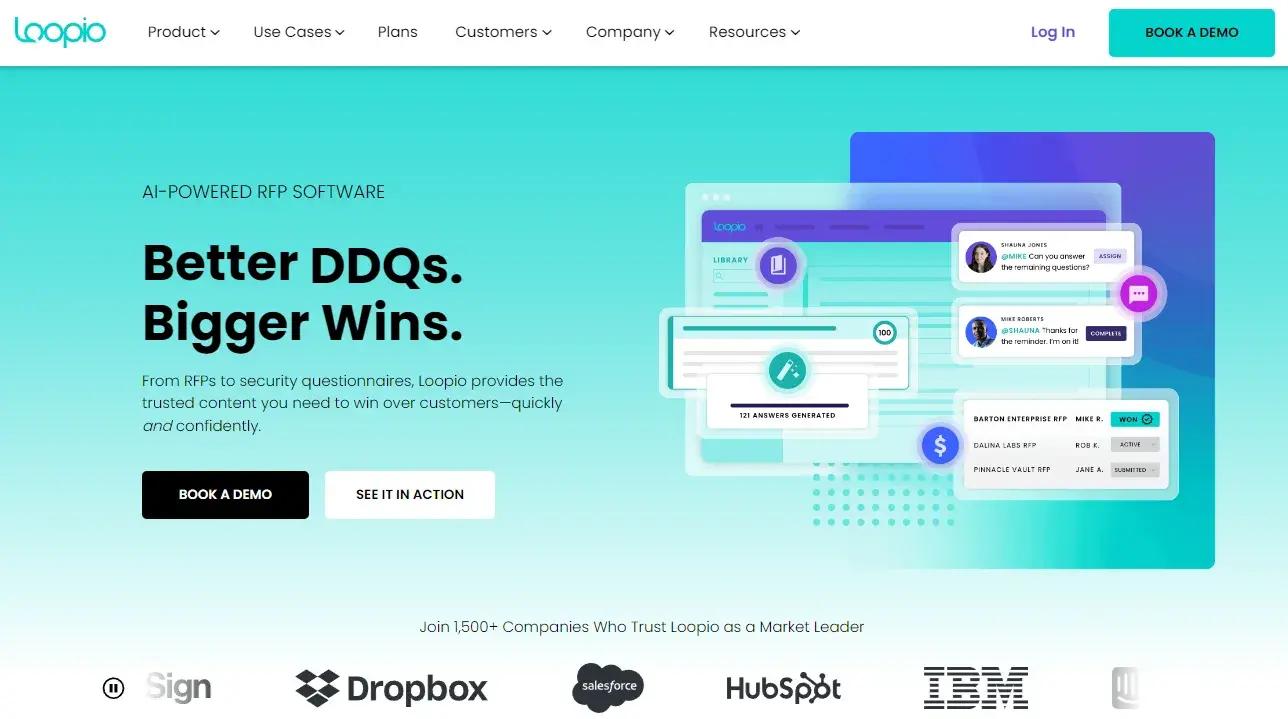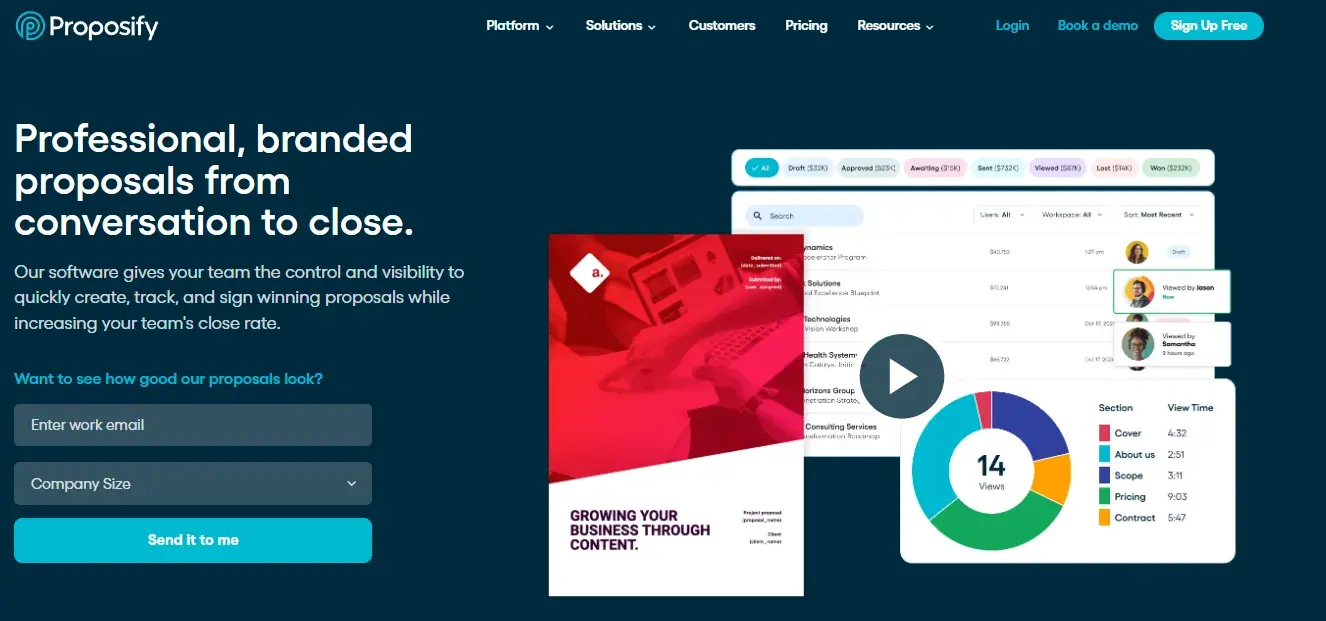If you’re not sure what a blog is, you’ve definitely come across one at some point. Perhaps you’ve stumbled across a blog when you’ve searched “healthy dinner recipes.” Maybe you don’t know it, but you’re on a blog now.
I love blogging. I created my first blog in 2010 but stopped writing it just as I got my first-ever comment. Knowing what I know now, that was my biggest blogging mistake.
Now, I have my own blog — a blog about cycle touring. My blog has one goal: to help people get into cycle touring and travel the world. It’s what you’d call an affiliate blog.
I also write blogs for HubSpot, and as an SEO I work with businesses on their blog strategy to generate traffic and leads for their website.
One of my clients generates 64% of their traffic via the blog. Thanks to analytics, we also know that $30,000 to $50,000 per month is generated from people who also viewed the blog.
A blog is not just a page you stumble across, and it’s not reserved for personal anecdotes; a blog can help you develop an online presence, prove yourself an expert in an industry, and attract more quality leads to all pages of your site.
I’m not the only one to think so — 76% of B2B marketers rate blogs as an effective tool for lead generation.
Professional blogs are sometimes called “news” or “knowledge centers” or “articles.” Many of these are, at their core, blogs.
If you're contemplating creating a blog for your business or want to know what one is, keep reading.
Table of Contents
- What is a blog?
- What is a blog used for?
- How To Blog
- Blog vs. Website
- Why You Need a Blog
- How to Promote Your Blog
A brief history — in 1994, Swarthmore College student Justin Hall is credited with the creation of the first blog, Links.net. At the time, however, it wasn't considered a blog … just a personal homepage.
In 1997, Jorn Barger, blogger for Robot Wisdom, coined the term “weblog,” which was meant to describe his process for “logging the web” as he surfed the internet. The term “weblog” was shortened to “blog” in 1999 by programmer Peter Merholz.
In the early stages, a blog was a personal web log or journal in which someone could share information or their opinion on a variety of topics. The information was posted reverse chronologically, so the most recent post would appear first.
Nowadays, a blog is a regularly updated website or web page, and can either be used for personal use or to fulfill a business need.
For instance, HubSpot blogs about various topics concerning marketing, sales, and service because HubSpot sells products related to those three subjects — so, more than likely, the type of readers HubSpot’s blog attracts are going to be similar to HubSpot’s core buyer persona.
My blog, Road to Frame, is a blog that documents my 24,000-mile bike ride across the world. It’s loaded with personal stories, travel tips, guides, kit lists, reviews, hotel recommendations, and more.
My blog doesn’t serve a larger company, it’s ‘just’ my passion: a blog written for an adventurous community who want to travel by bike.
Although my blog isn’t a business blog, it is still a monetized blog that makes a passive income month after month. Through my blog, I make money on ads, affiliate links, and product recommendations.
What is a blog post?
A blog post is an individual web page on your website that dives into a particular sub-topic of your blog.
For instance, let's say you start a fashion blog on your retail website. One blog post might be titled, “The Best Fall Shoes for 2024.”
The post ties back to your overall blog topic as a whole (fashion), but it also addresses a very particular sub-topic (fall shoes).
Blog posts allow you to rank on search engines for a variety of keywords. In the above example, your blog post could enable your business to rank on Google for “fall shoes.”
When someone searches for fall shoes and comes across your blog post, they can access the rest of your company's website. They might click “Products” after they read your post and take a look at the clothing items your company sells.
A blog post links back to your overall blog site. For instance, right now, you're on blog.hubspot.com/marketing/what-is-a-blog. The “what-is-a-blog” section of the URL is tied back to /marketing/, which is the blog.
If you need help creating a blog post, you can use HubSpot’s AI Blog Writer to do so.
What are the benefits of a blog?
There are many benefits of blogging, but here are the top three reasons to have a blog, in my opinion.
Audience Engagement
Your blog is a tool that allows you to engage more with an audience. On my blog, readers can comment on blog posts. A blog is more like a two-way conversation compared to the rest of a website.
The image below is taken from the comment section of one of my blog posts. This was a proud moment for me as a blogger.
There was an engaged commentary on the blog, but what stood out to me was that other readers were helping each other in the comments. The conversation was extending to a community, not just me and one reader. I loved it.

I’ve seen comments like this on business blogs, too. For my client in the retail space, we sometimes get comments asking for elaboration on topics or related queries. The comment section inspires new blog posts and helps us understand our audience even more.
Pro tip: Make sure you reply to comments to encourage others to leave them. You can also invite people to comment within the content of the article.
Content Generation and Repurposing
Blogs are generally longer-form content. Once you’ve created a blog post, you’ve got content that can be repurposed and shared across your marketing channels, such as social media.
If you set up the right analytics, you can also share and analyze data about user interaction. For example, you can monitor how many readers share your blog posts on social, how much time people spend on a blog post, and how far a user scrolls.
All of this data can help with your business and marketing more generally. If the number of shares are high and users scroll to the bottom, then you can bet you’ve got a good blog that’s of high interest to your audience.
Pro tip: If you repurpose content onto visual platforms like Instagram or Pinterest, you’ll likely create an image, or maybe a video. If you do, embed the asset into the blog, too! Repurposing works both ways.
Traffic Generation
If you add a blog (or a news section) to your website, and start writing strategically, considering SEO, you are likely going to start ranking for a lot of keywords. Your blog will likely be home to the majority of keywords. Therefore, your blog drives traffic to your website.
It enables you to better convert that traffic into leads, it allows your business to establish authority in an industry, and it continues to help your business grow and attract new customers months and even years after publication.
Pro tip: Blogs can generate traffic long after they're written; that’s the great thing about a blog. One blog post has compounding benefits for years.
Blog vs. Website
A blog is typically a section of your business's website. HubSpot’s website is a good example of a business website that has a blog as part of it.
The screenshot below shows that the blog is a section of the website and is navigable via the main menu.

Your blog differs from your website pages.
Generally your website is quite static. You create pages with purposes (eg. homepages, service pages, product pages, about pages, contact us pages etc.).
These pages make up the website. Your services likely don’t change much and remain static until you make a (probably minor) update.
Blogs, on the other hand, are expected to be updated frequently. You might use your blog to write about industry trends, educational pieces to teach your audience something or showcase your expertise.
For businesses, I often think of the blog as a section of the website that supports the most important pages (e.g., the money-generating pages: products and services).
A blog can also be an entire website, and often, it is if the blog is for personal use alone — for instance, a travel blog or a recipe blog.
If you're starting from scratch and anxious about your first post, check out our step-by-step guide to writing a blog post.
What is the difference between a wiki and a blog?
A wiki is a collaborative space where anyone who visits the site can edit, share, or publish content — Wikipedia is one of the most popular examples of this.
On the other hand, there is typically only one person, or a team of people, with admin permissions to edit, share, or publish to a blog. Website visitors who come across the blog can potentially leave comments at the bottom of the blog post, but they cannot publish to the site or edit the posted material.
1. To help your company rank on search engines.
Typically, a business will use a blog to help the business's website rank on search engines. You can absolutely employ paid ads, to help your company homepage rank on page one of Google — but a more effective, long-term solution is blogging.
Often, blogging is synonymous with content strategy and SEO. If you want a successful blog that actually gets visitors, you need to think seriously about SEO.
Or, you need to share the content far and wide in other areas of marketing, social media and emails, for example.
To consider how your company can rank on search engines via a blog, I’ll start with an example — let’s say you work for a web design start-up with very little online presence.
You decide to spend the first year writing and posting regular blog content that strongly relates to web design. Over time, your traffic increases and other companies link to your site for information regarding web design.
When this happens, Google recognizes your company as a legitimate source for web design information. Eventually (with a lot of trial and error), your blog posts begin ranking on page one of Google for terms like “web design,” “website builder,” and “ecommerce website.”
Then, one day, you search “web design companies in X city” and find your company is now on page one. This is likely due, in large part, to your consistent blogging efforts.
Take a look at How HubSpot Uses Blogging to Rank #1 on Google to learn more about specific strategies you can implement to rank on search engines.
2. To share information about a given topic and become an expert in an industry.
In 2006, Boston-native Matt Kepnes quit his job and began traveling the world. He documented his travels in his now-infamous blog, NomadicMatt.com.
After about a year, thanks to tireless blogging efforts and SEO strategies that enabled him to rank on Google, he began pulling in $60,000. Matt also created ebooks, and used sponsorships and affiliate marketing to make money.
Additionally, he wrote a New York Times best-seller, “How to Travel the World on $50 a Day.”
Now, Matt's blog attracts 1.5 million visitors a month and grosses about $750,000 a year — and he's become a well-known expert in the travel space.
If you want to become known as an expert in a topic that interests you, from fashion to blogging to fitness, you can — and, oftentimes, it starts with a blog.
3. To attract visitors to your site and turn those visitors into leads.
There’s only so much traffic you can get from the homepage or About Us page of your company’s website. Of course, those pages are critical for leads who are already interested in your products — but they often won’t attract traffic from top-of-the-funnel. That’s where your blog comes into play.
Your blog can be a general resource to help your website visitors even before those visitors are ready to purchase from you.
For instance, let’s say you sell products for ecommerce stores. You might attract some ecommerce owners who are already searching online for your products, but in most cases, the ecommerce owner isn’t going to be ready to buy right out of the gate.
Alternatively, if you begin blogging about tips to help the retail owner who is just starting out — like “How to start a retail website,” or “Benefits of ecommerce vs. physical store” — you’ll slowly attract an audience who enjoys your content and finds it useful.
Then, when those site visitors’ ecommerce stores begin growing (thanks, in part, to your blog), they'll already know about your brand and already trust it as a helpful source. That's when they'll check out your product pages.
Here’s an example from ASOS showing how they attract leads via the blog. The screenshot below is taken from their blog “Every Shoe You’ll be Wearing This Autumn.” Within the blog they share an image, a styling tip, and, of course, a link to the product.

4. To cultivate an online community and engage with an audience.
At the very least, you might create a blog to engage with an online community of readers with similar interests. Maybe you start a food blog and ask readers to share their own recipes with you.
Alternatively, perhaps you start a blog that focuses on DIY projects. You post the fun, DIY projects you've completed in your own home, and you ask your readers to share their own DIY tips in exchange.
Why You Need a Blog
For businesses, a blog is a valuable tool to have in your marketing strategy. It’s a great way to get the word out about your brand and build rapport with your audience and potential customers.
Use it to provide your audience with useful industry-related information, share company news, and product updates. Blog content is also easy to repurpose for email marketing needs and across social channels.
Without one, you’re missing out on opportunities to promote your brand.
Creating engaging blog content may seem like a heavy lift at first. Luckily there are free tools like HubSpot’s AI Content Writer to help you write better content faster.
1. Choose your target audience.
When you're starting your own blog, it’s important to think of your target audience. Who are you creating the blog for? And who do you want reading your blog posts? Before you can get started, you have to consider the niche you’re writing about and what topics you'll cover and why.
Brainstorming your target audience is similar to creating a buyer persona for your company. Plus, this will give you an idea on what kind of content you want to produce.
2. Brainstorm content ideas frequently based on your market segment.
Once you’ve started a blog, you’ll want to churn out high-quality, consistent content on a regular basis. This isn't always easy. Creating content is a time-consuming task. You want to ensure your content is something your readers would be interested in and hopefully can help with your SEO — more on that in a minute.
To begin brainstorming content, consider what your competitors are doing. Look for gaps in their content that you can fulfill.
Additionally, you should also do SEO research to verify that users are searching for and interested in the topic you want to write about. Tools like SEMrush, Google Keyword Planner, and Answer The Public can help.
You'll want to brainstorm content frequently so you always have ideas that you can execute. Having content ideas in the pipeline is an easy hack that removes the need to think on the fly. Using a Blog Ideas Generator will help you to fill your pipeline with content ideas that are relevant and helpful to your target audience.
3. Research and review a content management system (CMS).
In order to create your blog, you'll most likely use a CMS. A CMS is a tool you can use to design, manage, and publish on your website. You’ve probably heard of examples like WordPress or Wix. I wrote a post on the best blogging platforms to help businesses and bloggers find the best platform for them.
If you don’t have a website yet, you’ll want to choose a CMS that has the ability to host a blog. If you already have a site, check if it has blogging options built in. If not, you may need to find a CMS that integrates with your site or choose an entirely new CMS altogether.
There are tons of options in the CMS world, including HubSpot. (You can try out our CMS here.)
HubSpot’s free blog maker provides everything you need, including free hosting and security tools. It’s easy to get started, with hundreds of free themes to choose from, and a simple visual editor.
4. Create a blog strategy and editorial calendar.
Just like creating a business, you can't create a blog without a strategy in mind. Your strategy should answer questions like:
- Who are you targeting?
- What type of content will you produce?
- When will you post?
- Where will you promote your content?
Overall, you should have a mission, vision, and goals for your blog.
Then, create an editorial calendar to keep you organized and on track. A calendar will help you track what posts are coming up, ensure writers are meeting deadlines, and assure you have enough content ideas for the foreseeable future.
5. Pay attention to article structure.
When you're writing your blog posts, it's important to consider the article structure. For instance, are you using subheads to break up the post so it's easy to digest? Are you using bullet points and images that make the post easy to scan? These are important factors that will help keep your reader on the page.
Additionally, you‘ll want to make sure that you’re using calls-to-action (CTAs), that will guide the reader on what you want them to do next. This is how you can start making money and generating leads from your blog.
6. Become an expert in marketing and promoting your blog.
Another element of blogging is marketing and promoting your blog posts. It's like the age-old adage, “When a tree falls in the woods and there is no one there to hear it, does it make a sound?”
Consequently, if you write a blog post but nobody reads it, will it have a positive impact on your company or brand? Probably not. That‘s why you’ll have to market your posts. You can use social media, SEO, your website, or your email newsletter to reach current and potential customers.
7. Learn about SEO.
Like I mentioned above, you want people to read your blog posts. One way to do that is to get organic traffic through SEO. If you want your blog to be successful, learn how to research keywords, how to rank in search engines, and how to build an SEO strategy.
I actually learned all about SEO through my blog. I started writing a blog, realized that I wanted people to read it, so I needed to learn SEO. I started employing SEO best practices from the few Google ranking factors that I knew at the time.
Before I knew it I had my first page one rank one for a long tail keyword and I was hooked!
My first page one blog rank is pictured below. The keyword is “cycling in Azerbaijan.” Pretty niche! Since not many people are doing it, it was, relatively speaking, easy for me to achieve.
If you’re starting in SEO, that’s what I’d recommend. Pick a long-tail, easy-to-rank-for keyword, even if it’s not ideal for business, just try and get something ranking and practice SEO.

8. Use a variety of blog post styles.
Your blog posts should be interesting to everyone who reads them, and especially for customers who read every single post.
For those that are active followers and ambassadors of your blog, you should use a variety of blog post styles so your blog doesn't get stale. Consider using how-to posts, list-based posts, or thought leadership.
9. Repurpose old content.
Producing blog content consistently can be hard. But you don't have to reinvent the wheel every time you write a blog post.
You can update old blog posts to keep them accurate and comprehensive.
Additionally, you can use other content of yours, perhaps a YouTube video or a podcast, and repurpose the content into a blog post.
Get started with HubSpot's Free AI Blog Writer
To freshen up old content, you can leverage HubSpot's Free AI Blog Writer — the software can help you generate ideas and write copy.
10. Perform a competitive analysis.
To understand your audience, run a competitive analysis on your top blog competitors. This will help you identify trends, uncover gaps in the content in your industry, and give you ideas on topics and ways to promote your blog.
Running a competitive analysis will help you build and iterate on your own blog strategy.
How to Promote Your Blog
If you’ve got your SEO sorted, visitors will largely find your blog through Google, but as mentioned earlier, a blog is an excellent channel to build awareness and promote your brand.
Here’s how to do it:
1. Link from your website.
This may seem obvious, but you should make your blog easy to find on your website. Consider using an attention-grabbing CTA or making it easily accessible from a dedicated spot on your homepage.
2. Repurpose blog content.
As previously mentioned, repurposing content will save you loads of time when creating content, but it also allows you to promote your brand across multiple channels whether through video, podcasts, email, or social.
3. Utilize internal linking.
Once you’ve started generating a significant amount of posts on your blog, it can be helpful to link to other posts or related topic pages within your blog.
This is good for SEO, but it will also help your readers find pertinent information on a topic they are interested in.
4. Promote on social media.
With the help of eye catching video or images, you can also leverage your social media channels to drive traffic to your blog. Additionally, consider placing a link to your blog on all of your social accounts.
5. Consider guest blogging.
Guest posting on another industry-related blog gives your brand the opportunity to introduce itself to new customers who may not have heard of you.
It’s also a great opportunity to network with other industry professionals and provide cross-promotion opportunities.
6. Leverage influencers.
Influencer marketing is a powerful tool you can use to give your brand some social proof credibility.
Similar to guest blogging, you’ll be able to tap into that person’s audience and introduce your brand to a new audience. Be sure to work on cultivating a relationship first before reaching out for a favor.
7. Explore paid options.
If you have the budget to do so, paid content promotion is another route you can take to get eyes on your content. Running ads or a boosted post on Facebook is a good entry point to paid promotion.
If you're officially ready to get started with your own blog, take a look at our guide to creating a successful blog strategy.
Blogging is beneficial for business.
With a blog, the sky’s the limit — and so are the benefits for your business, as I’ve seen with the many blogs I have created or written for myself. When new content is published regularly, engaging, and helpful to your audience, it’s an invaluable tool to have in your marketing kit.
Editor's note: This post was originally published in February 2019 and has been updated for comprehensiveness.





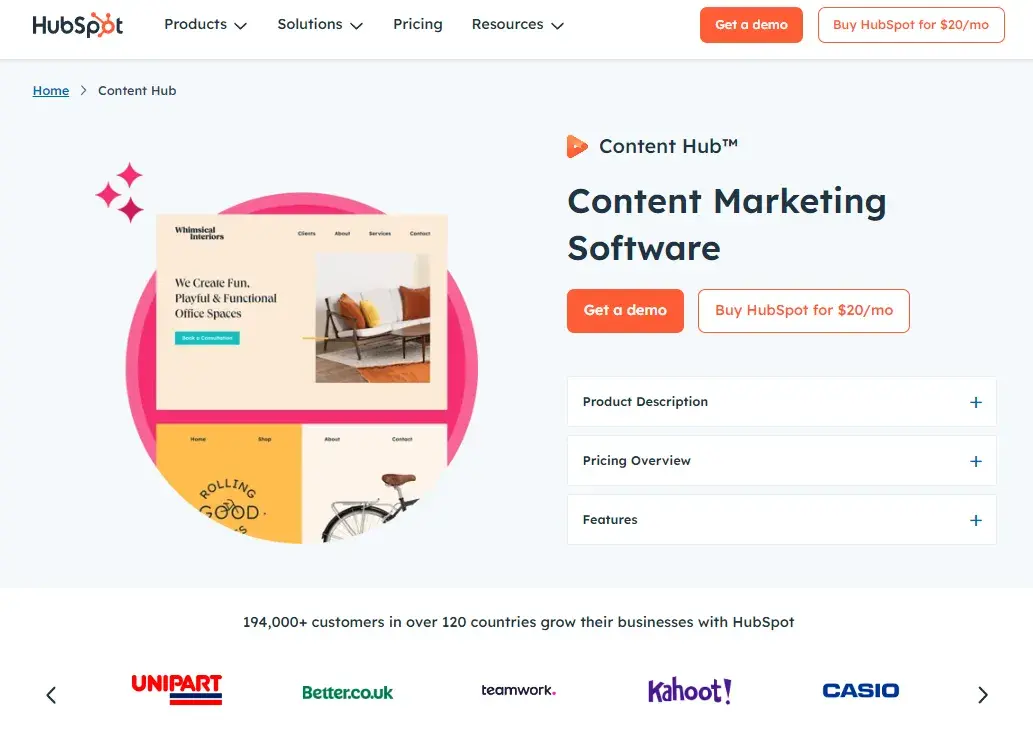
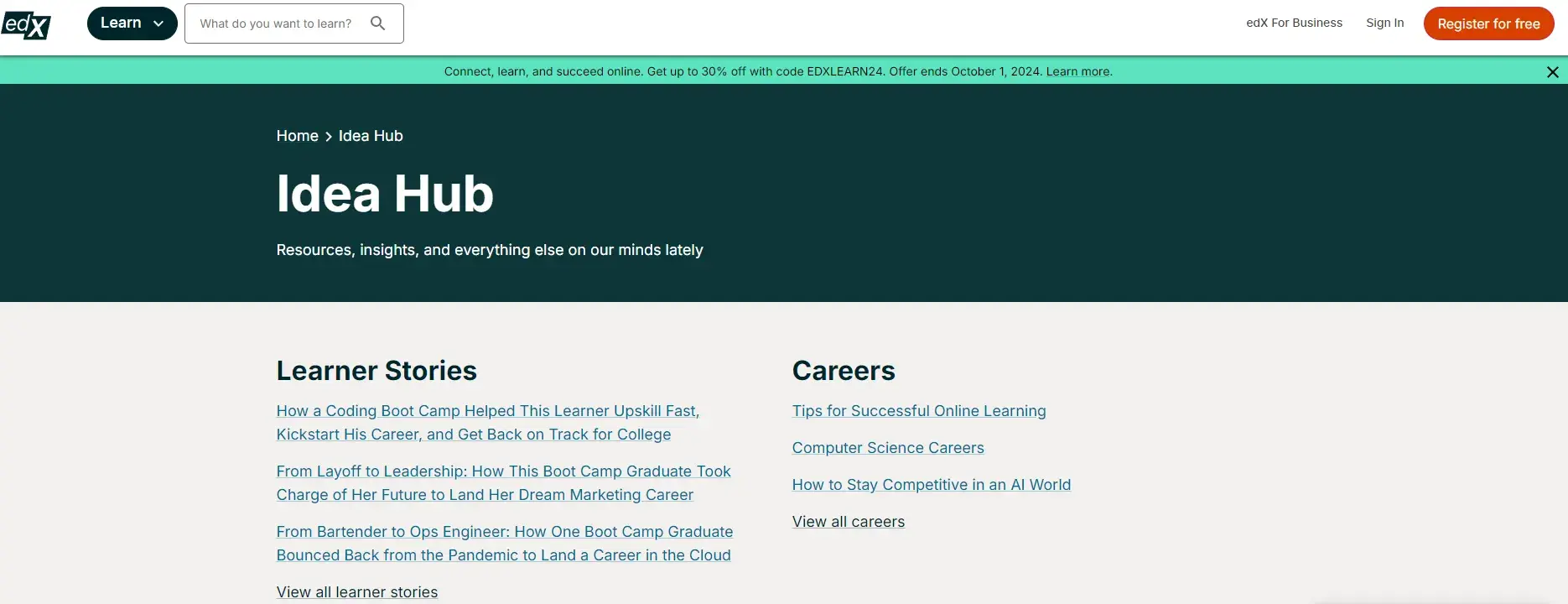
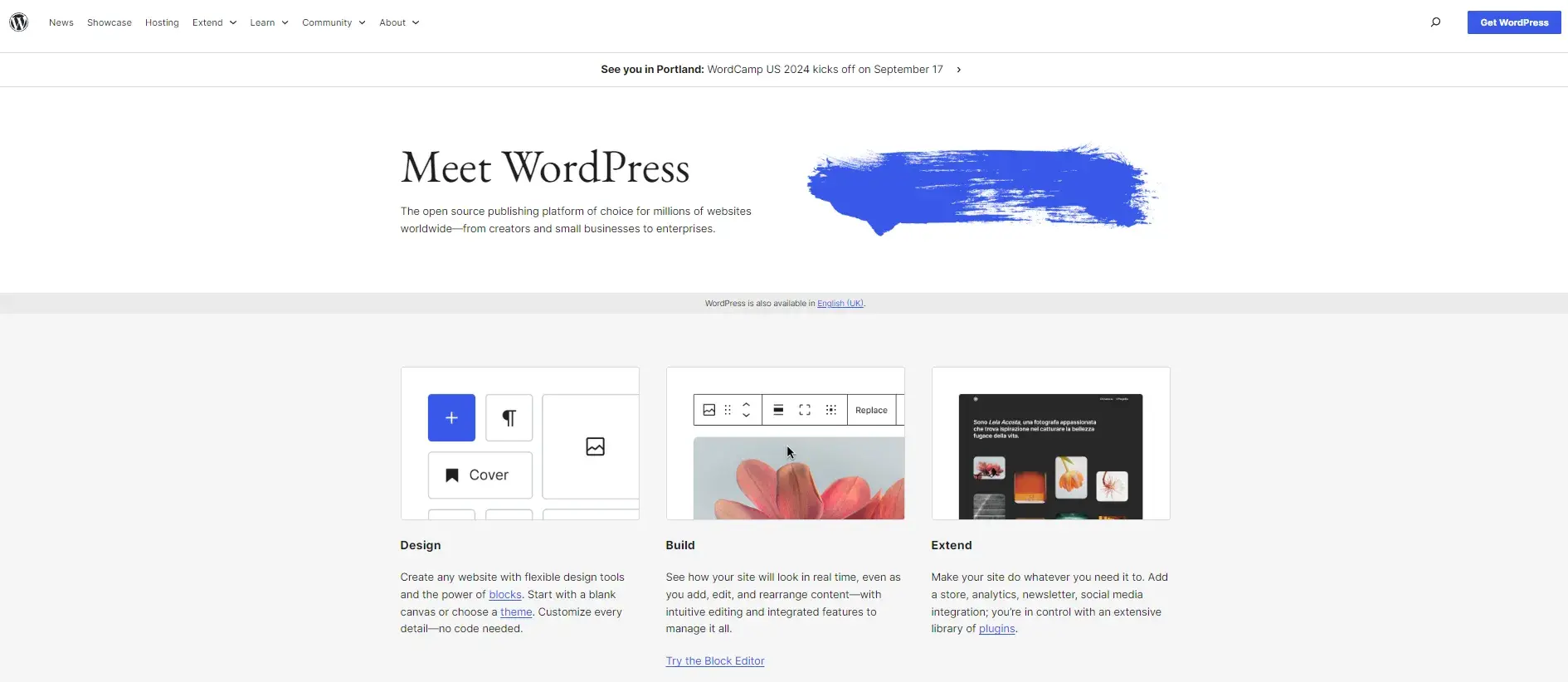
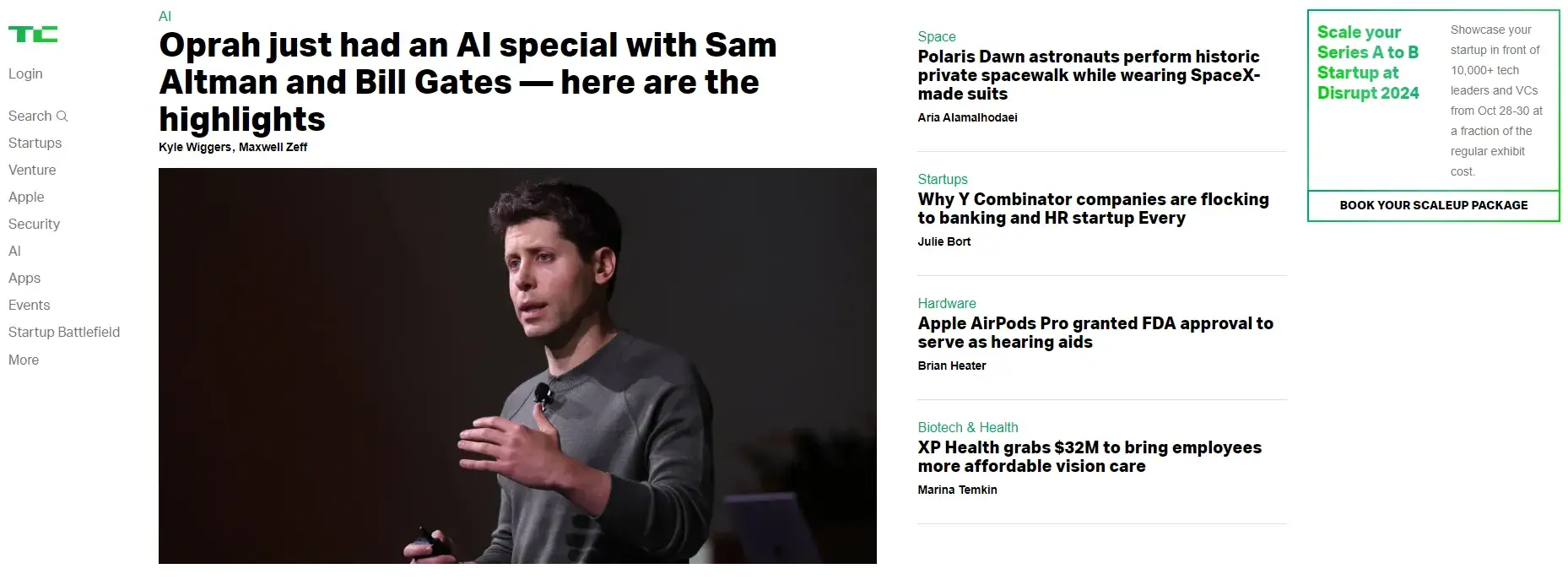
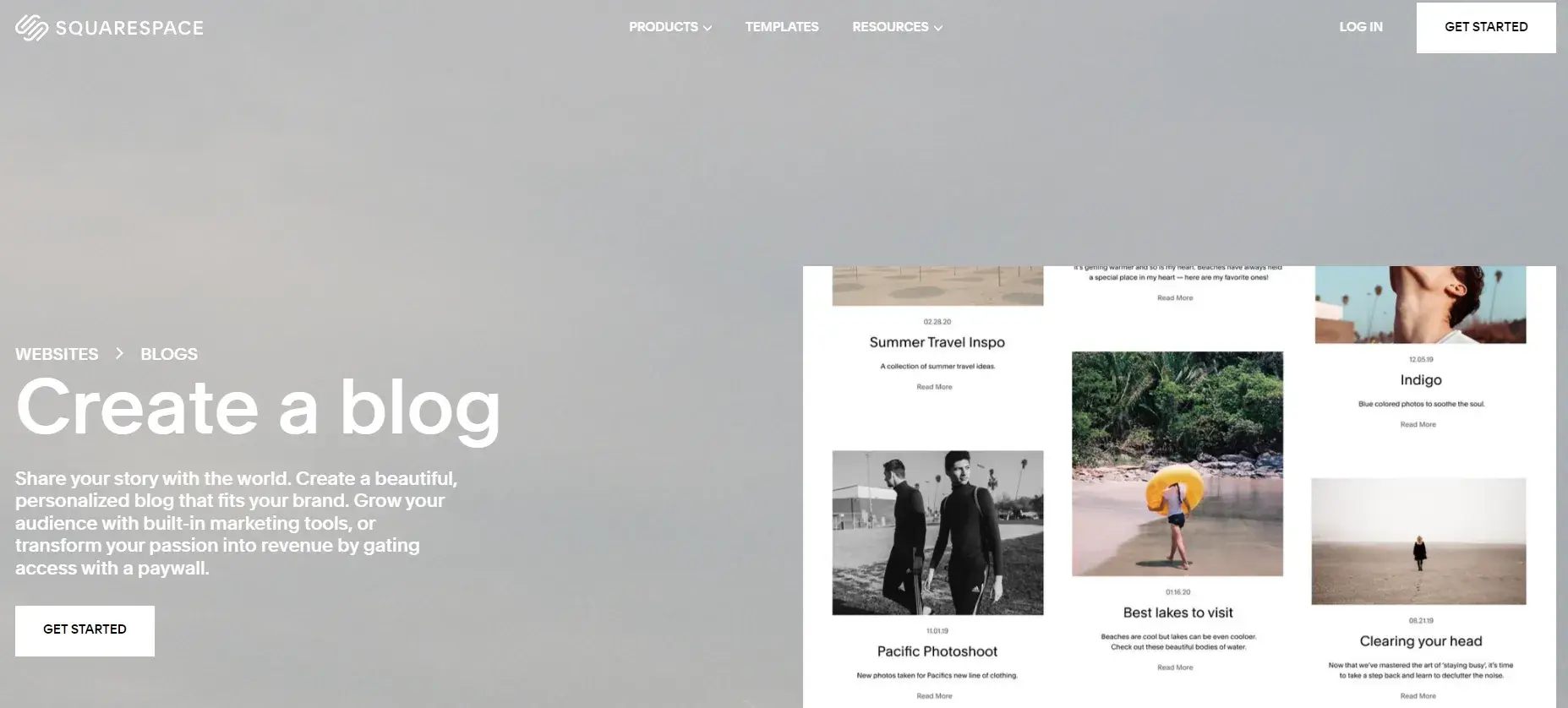
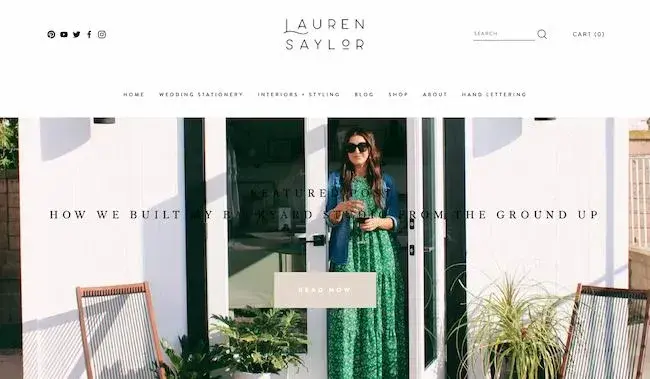
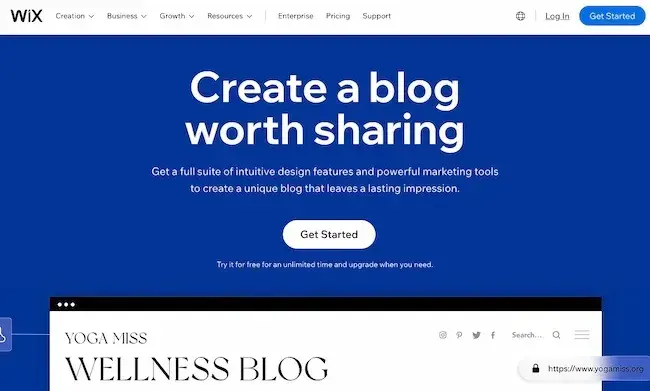
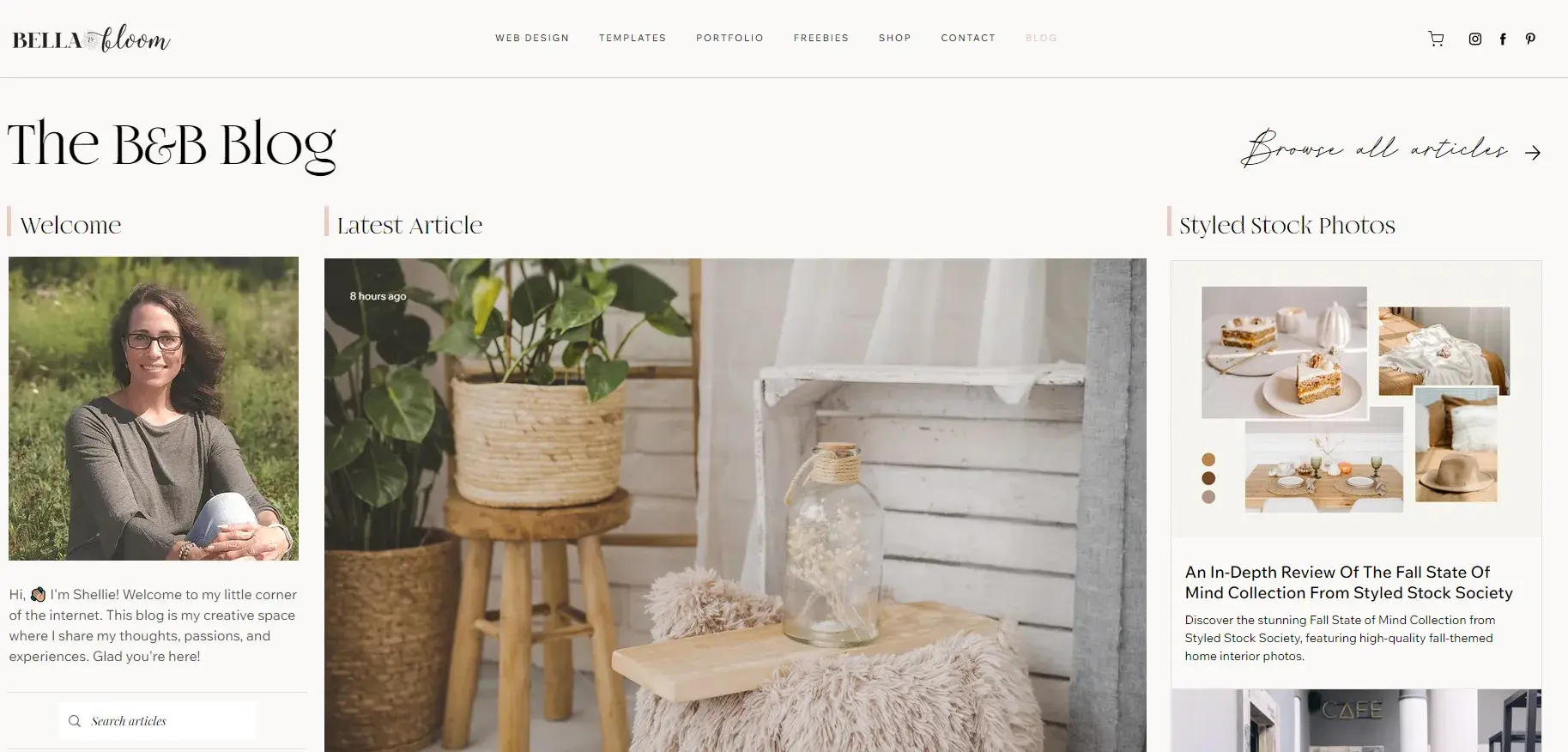
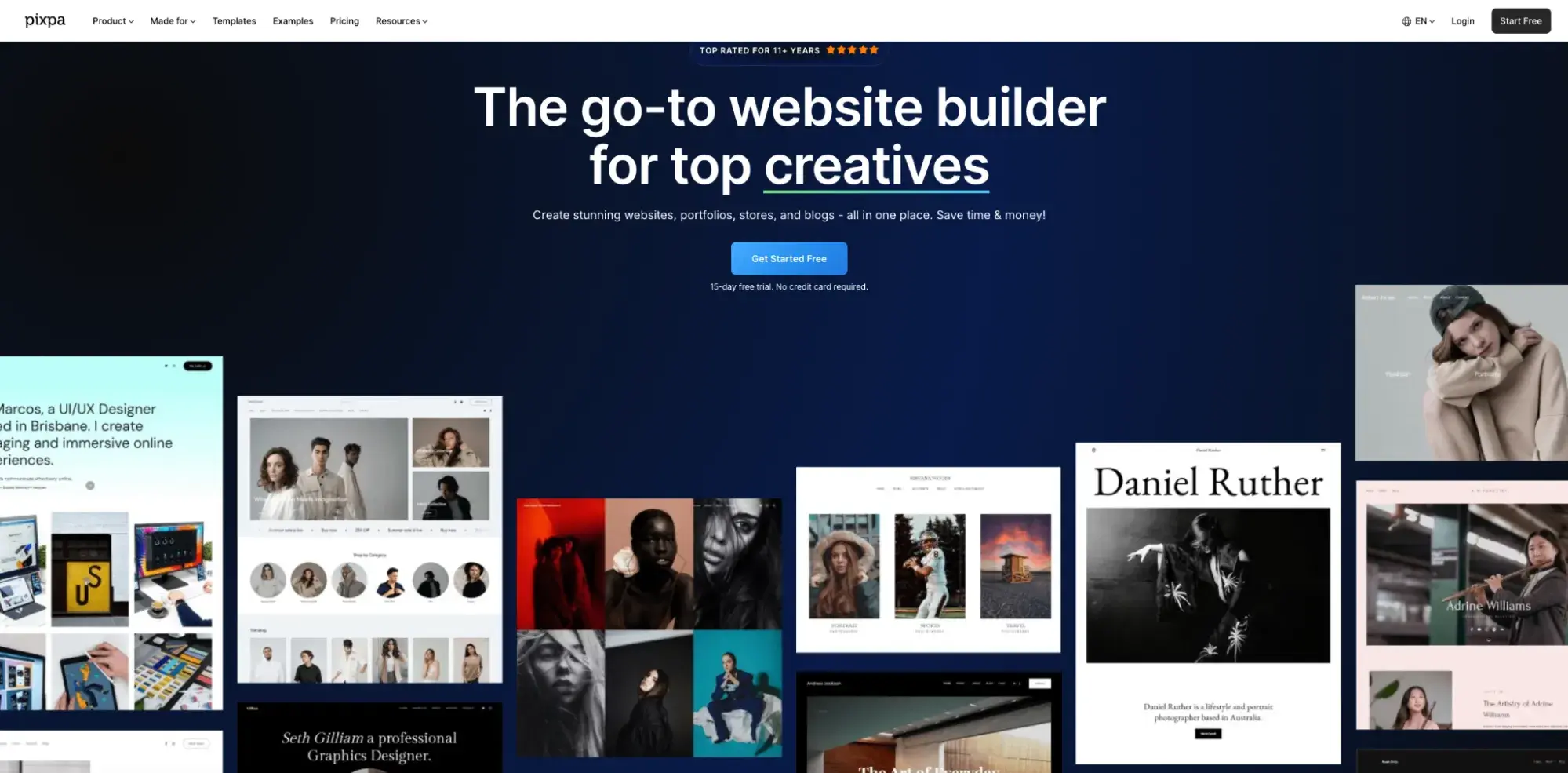

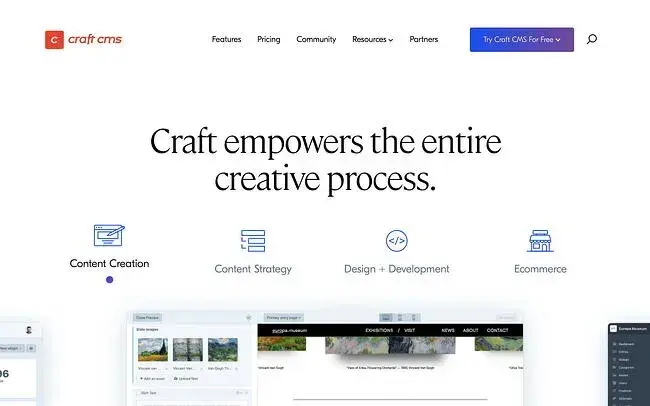

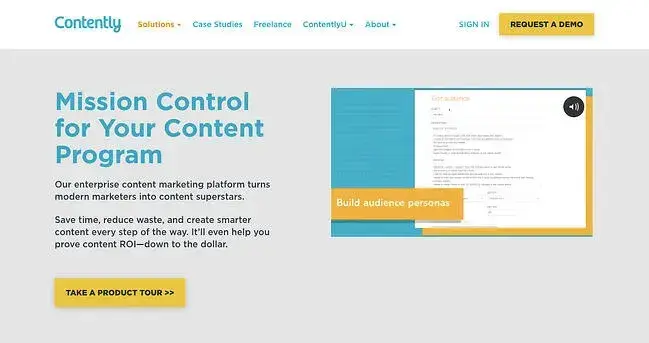
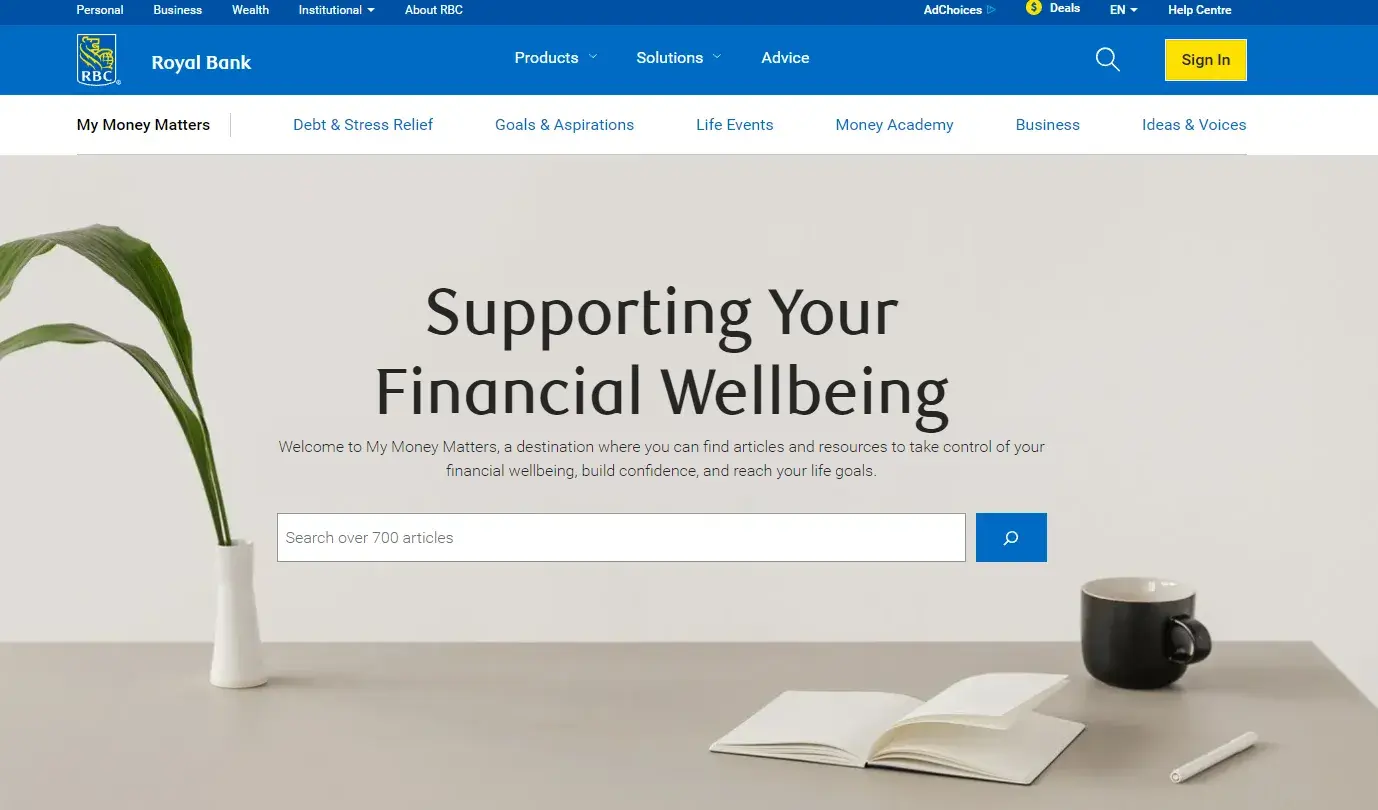
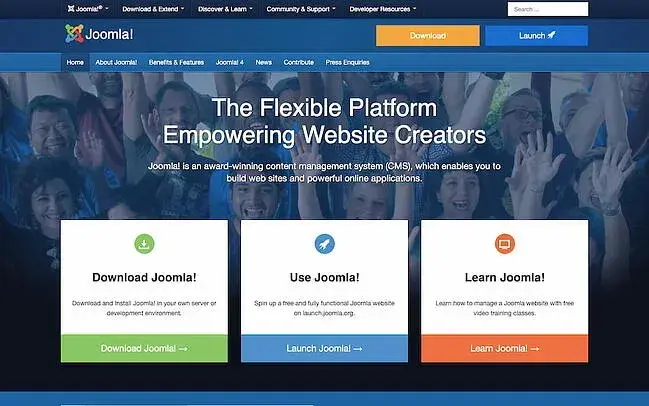

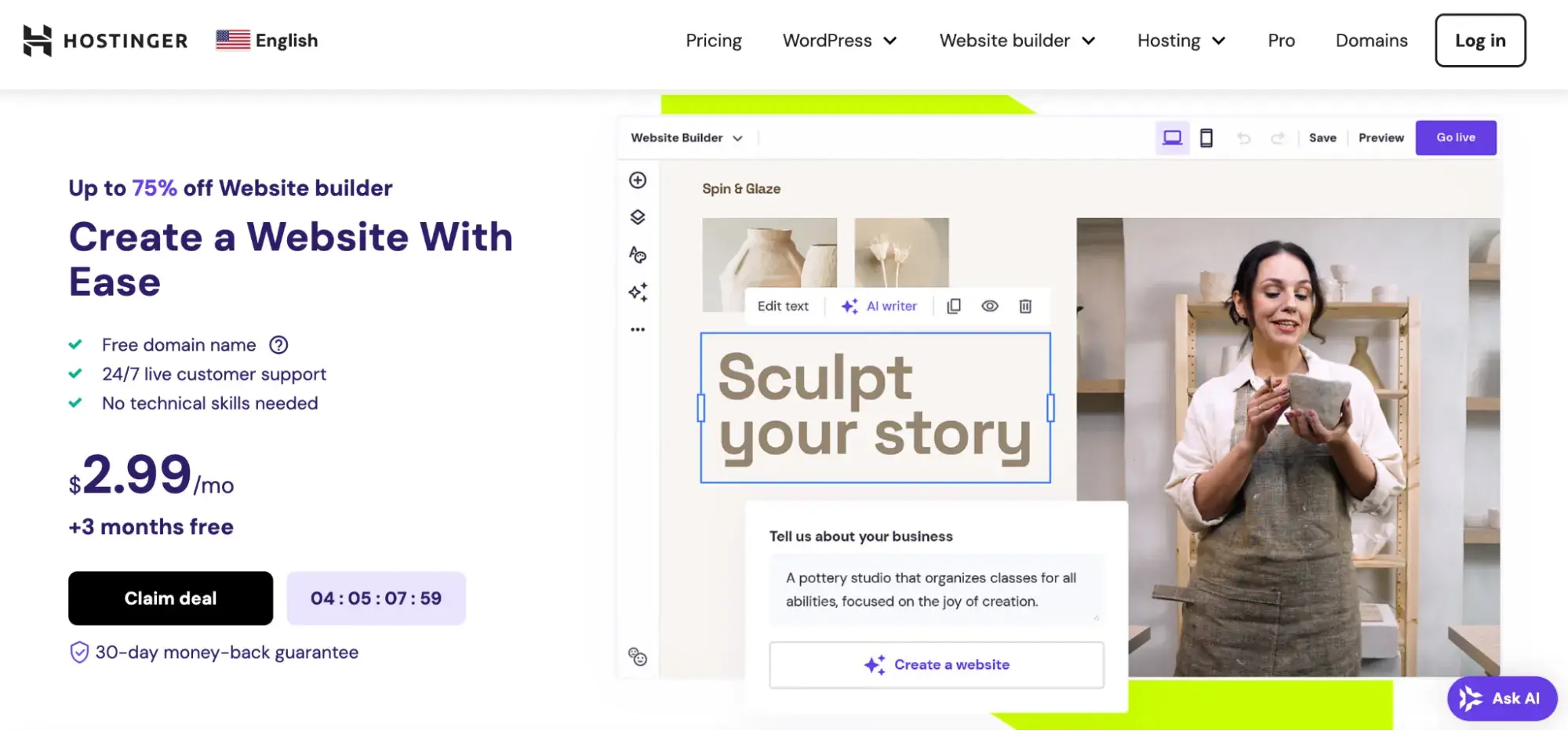
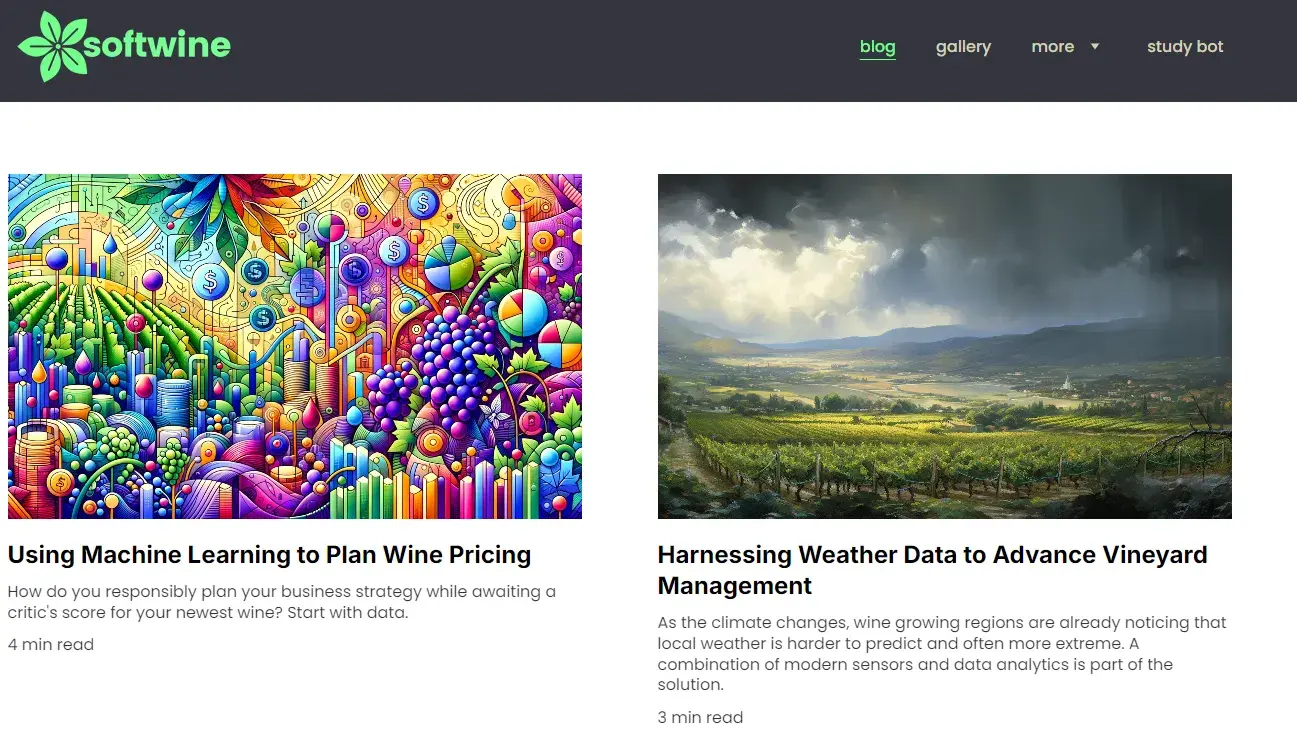
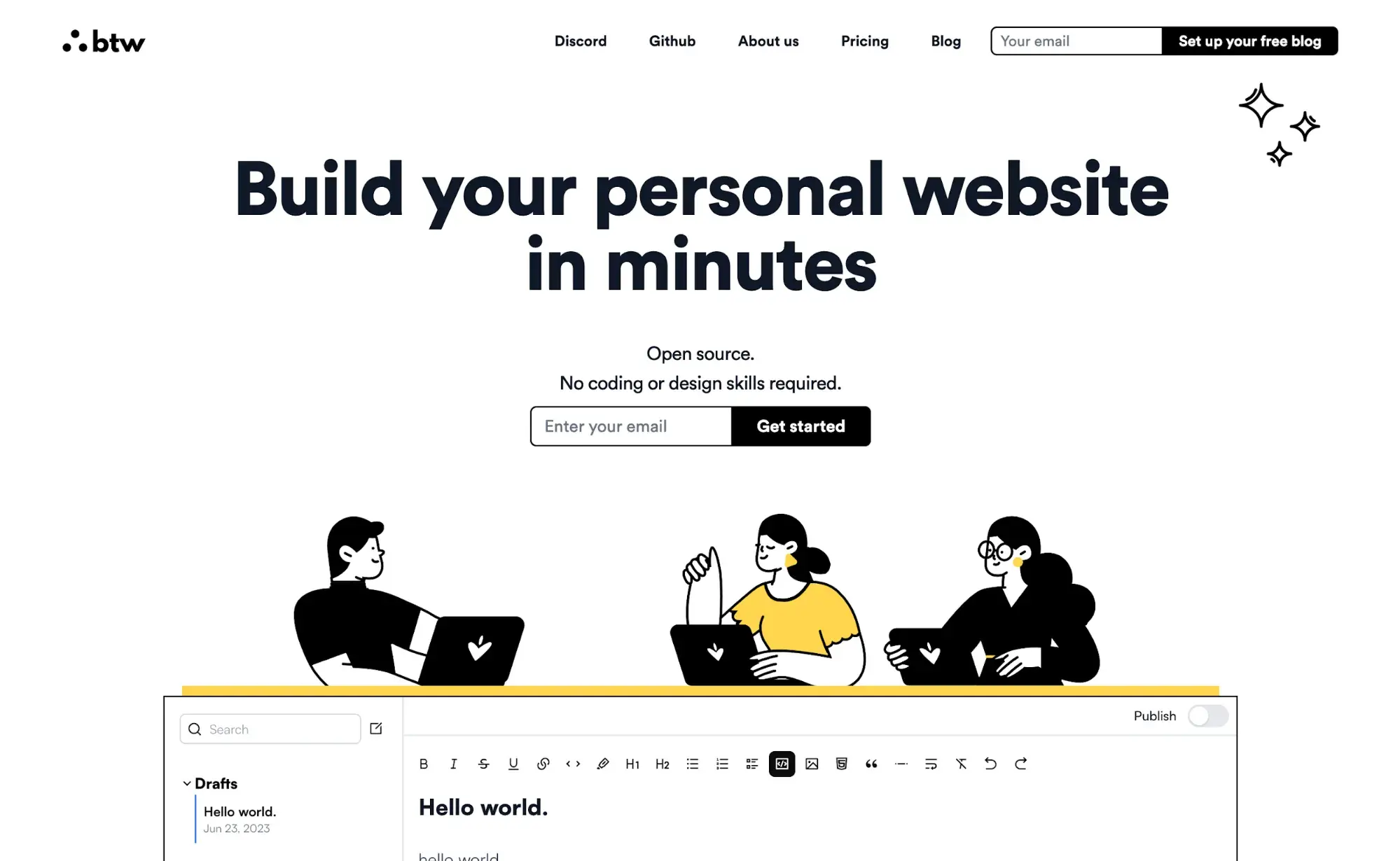
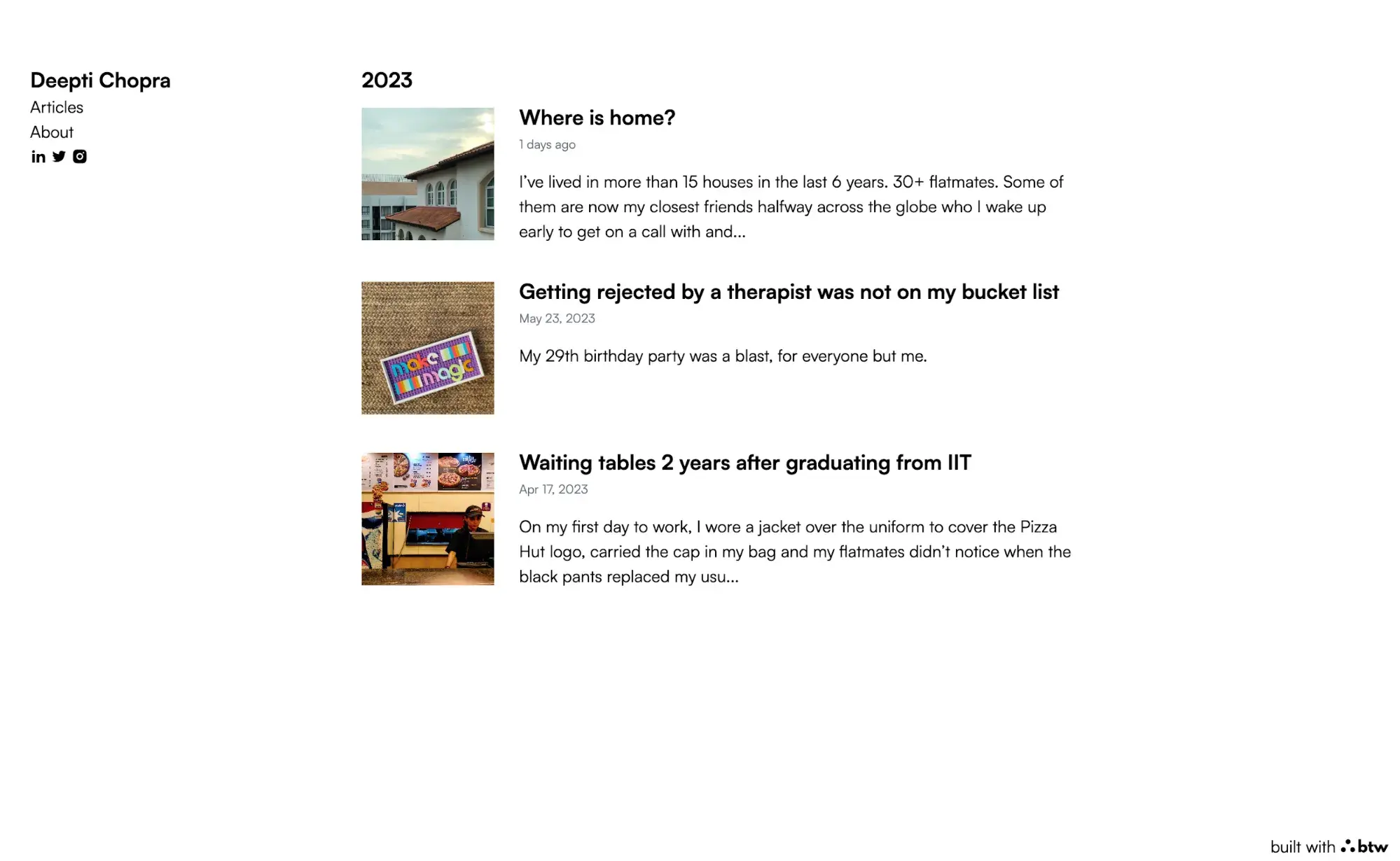
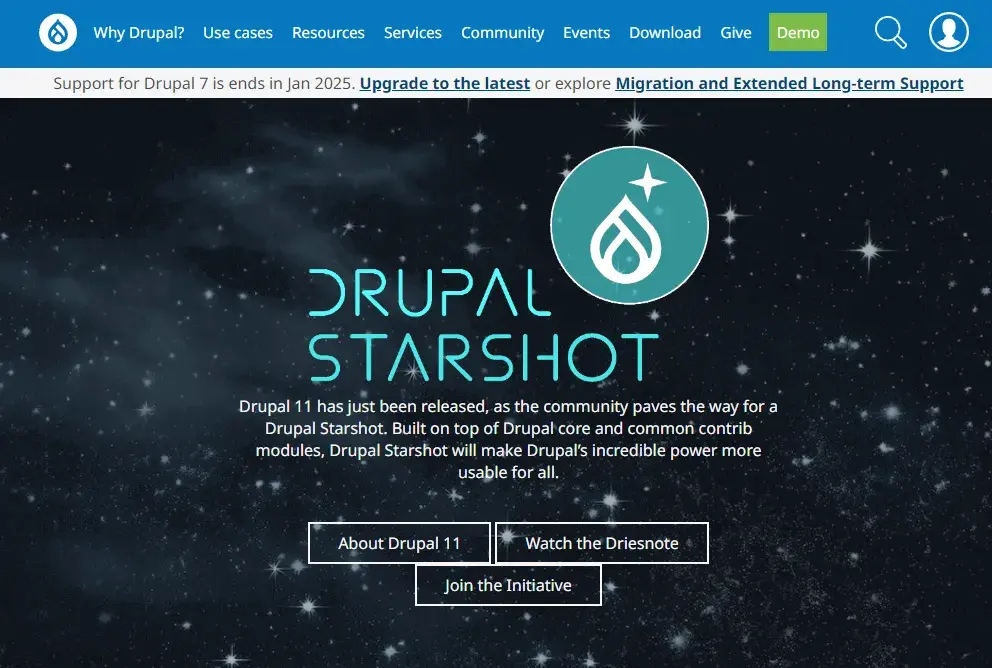
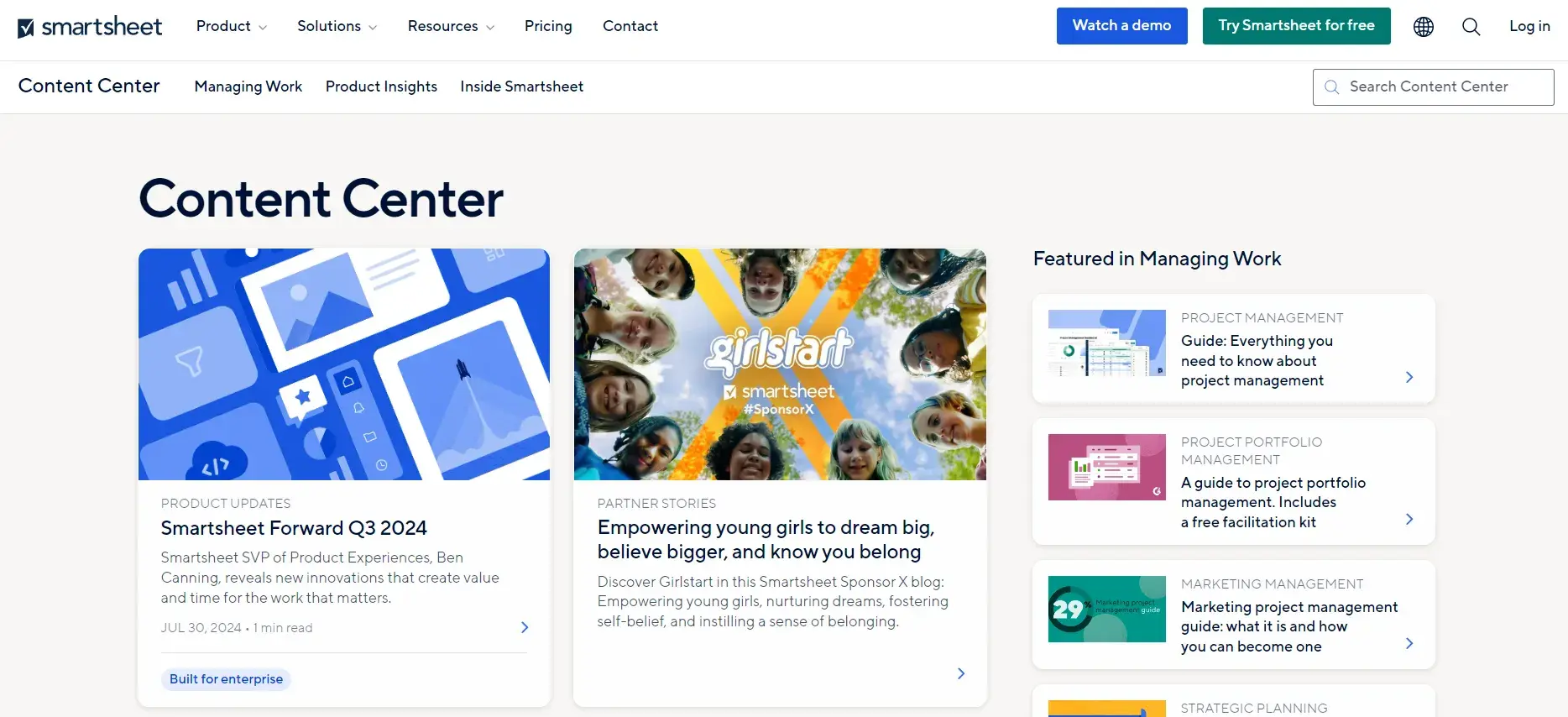
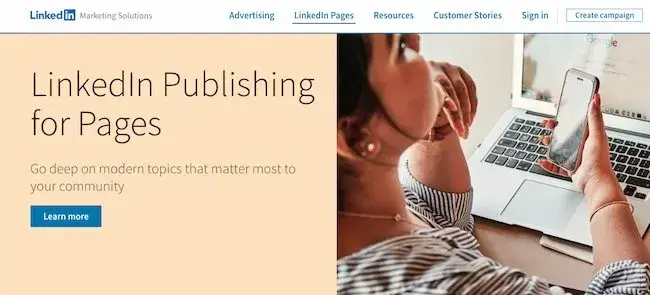

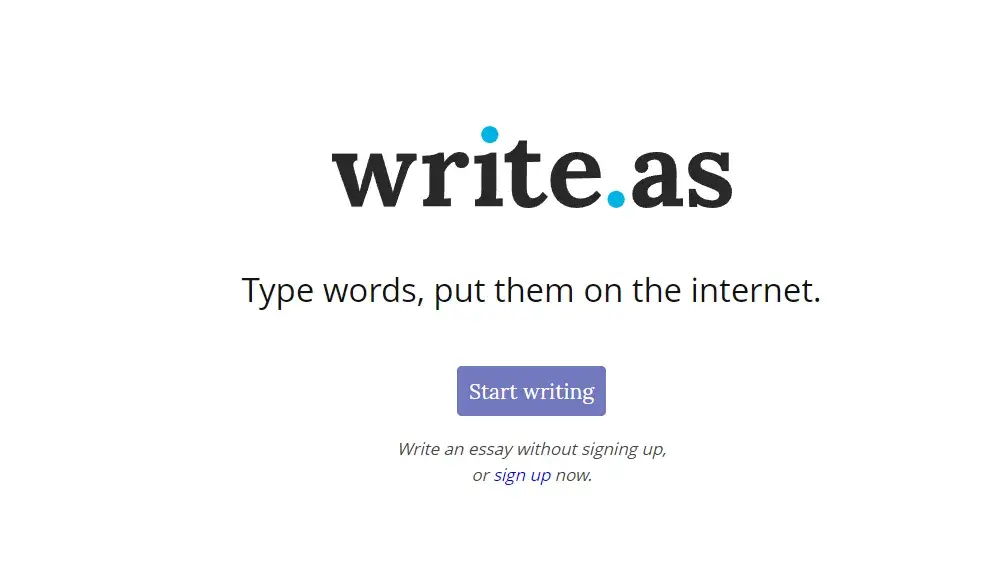

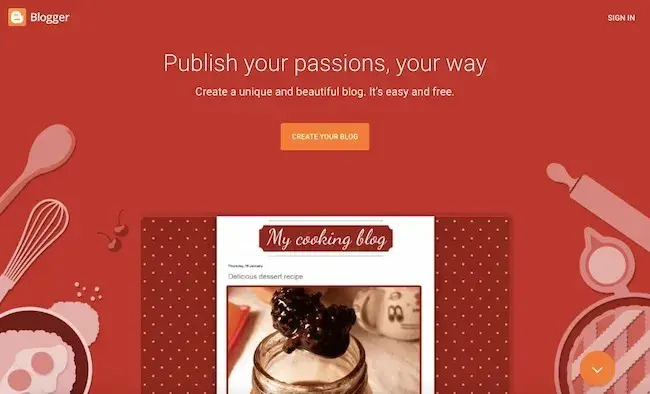
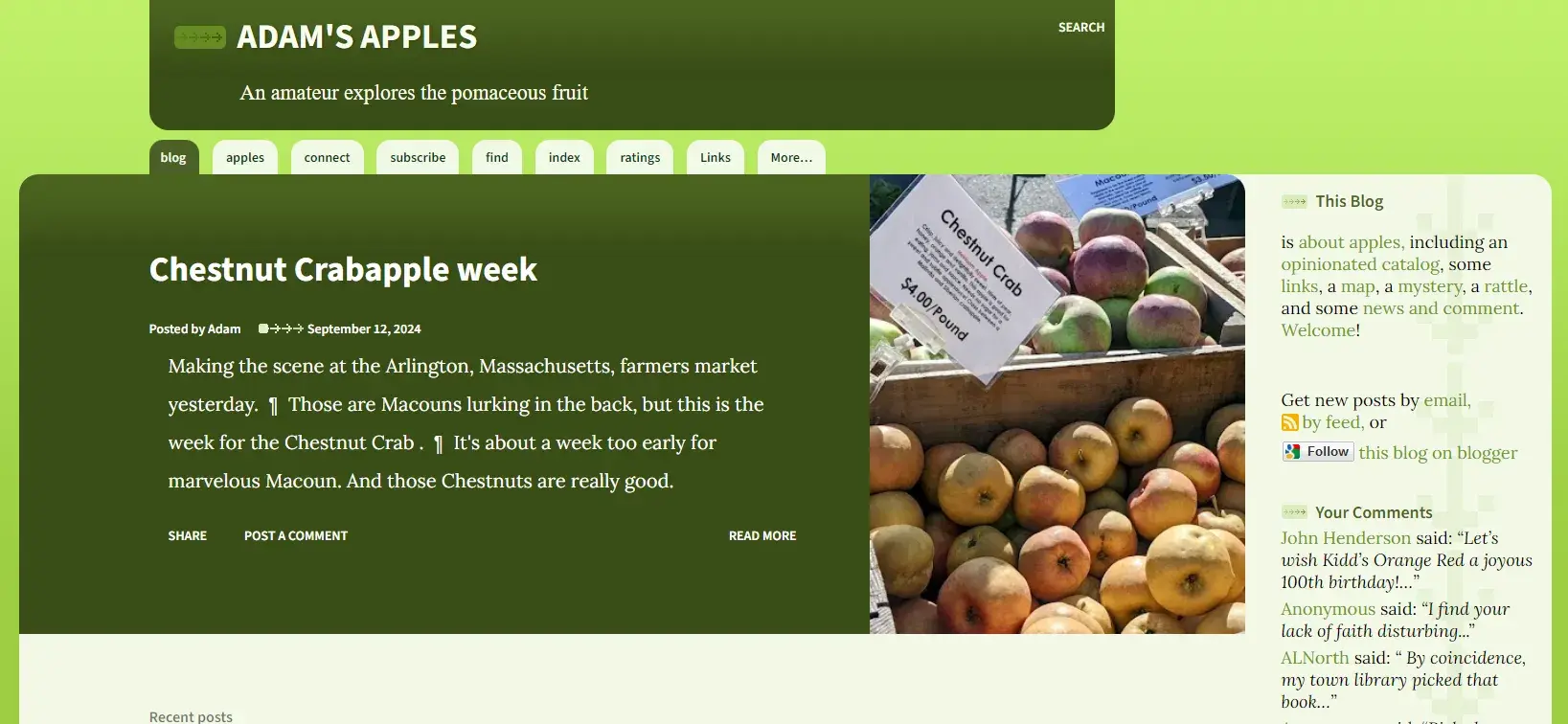

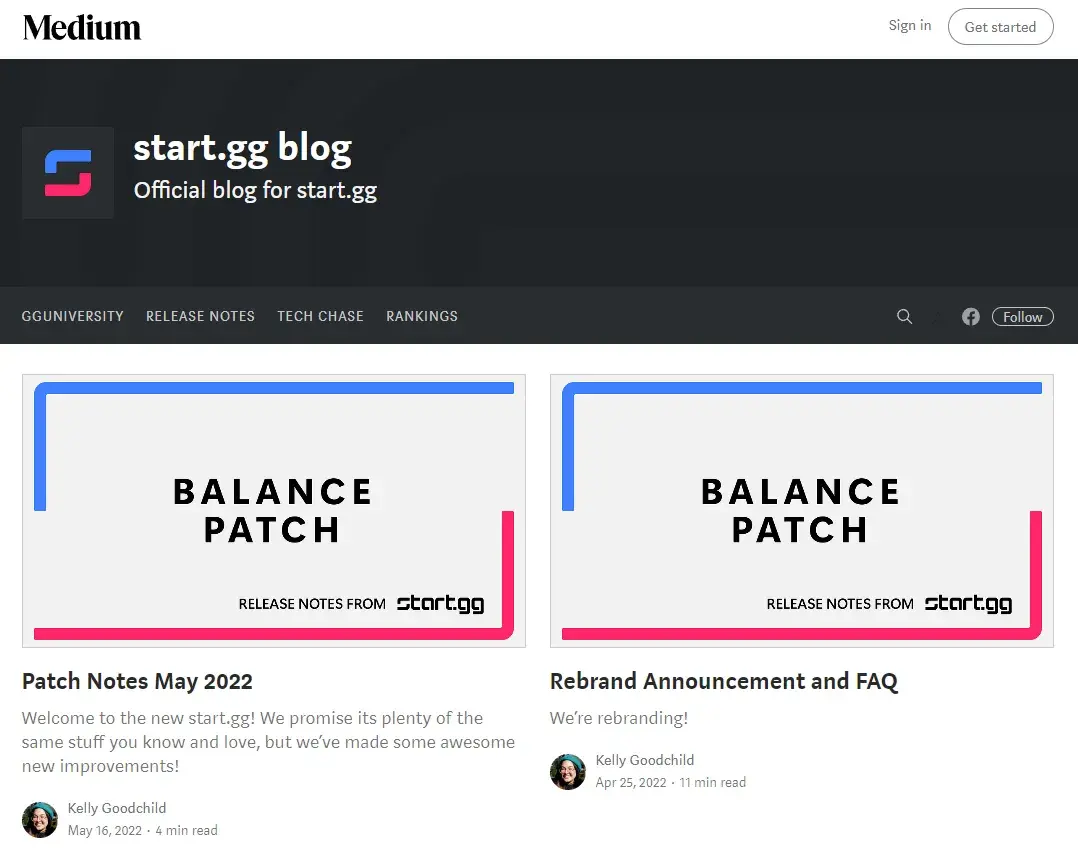
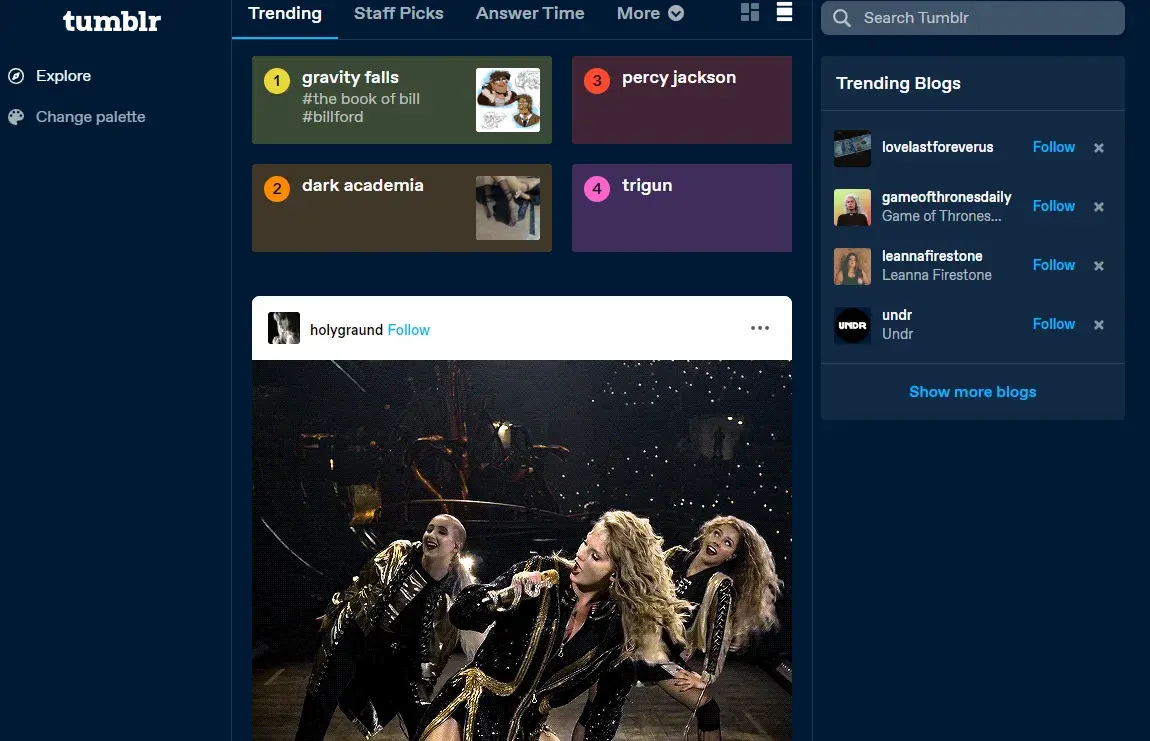
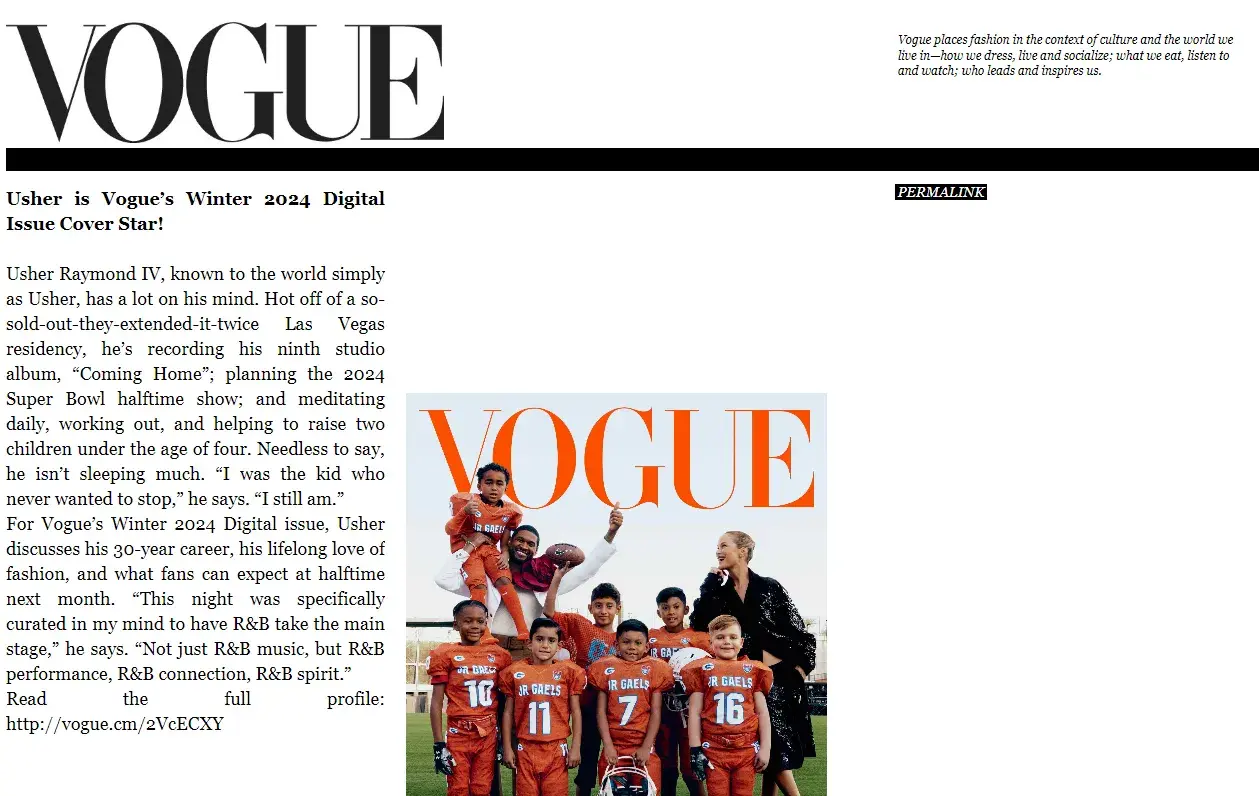
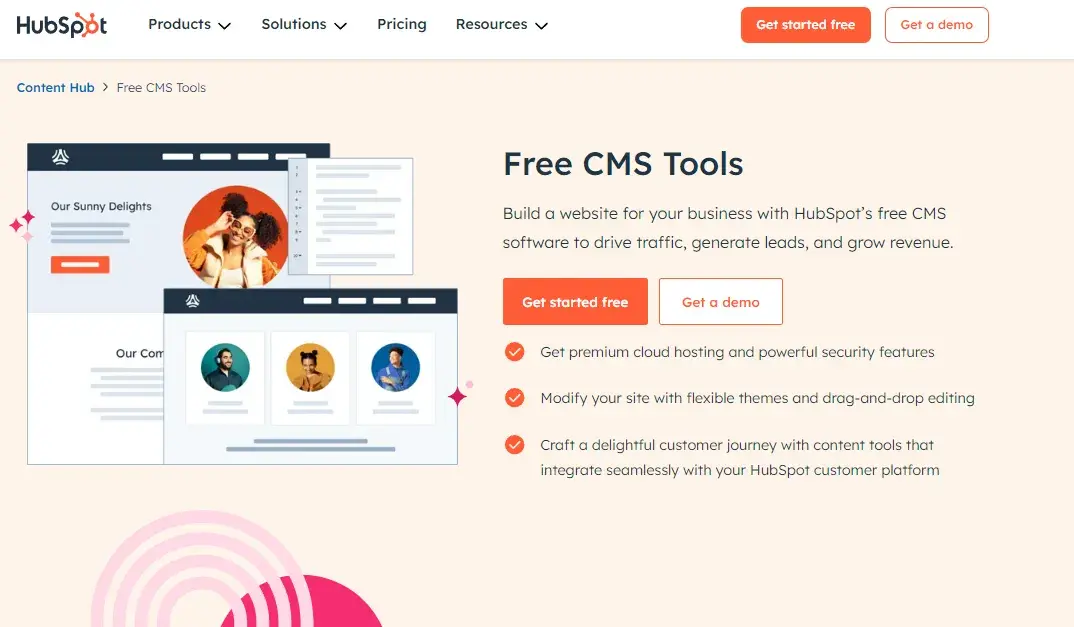
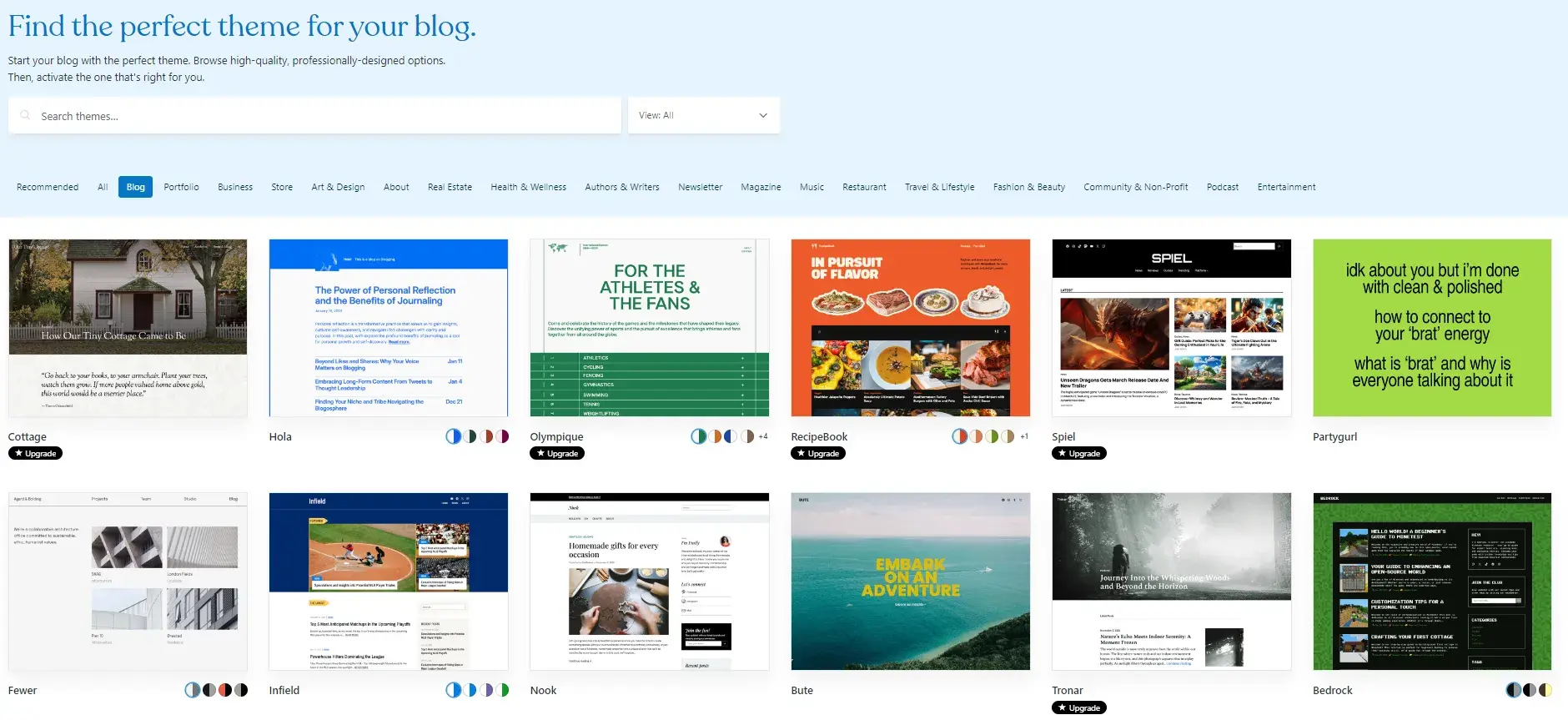


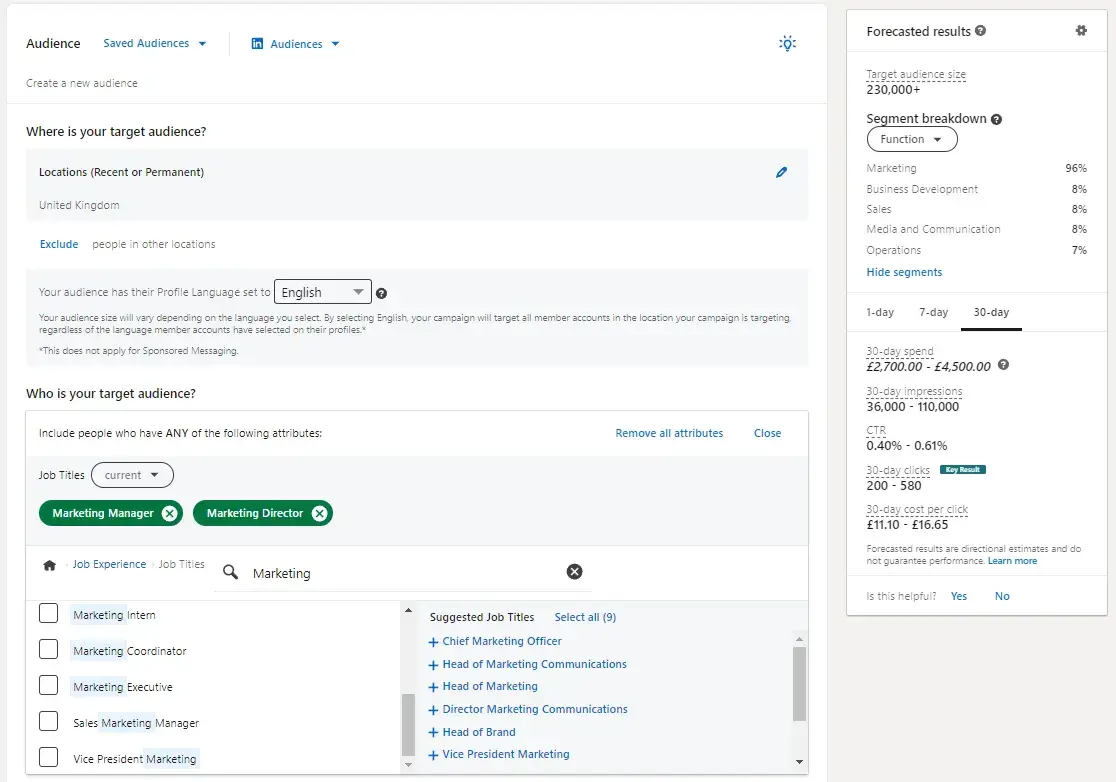
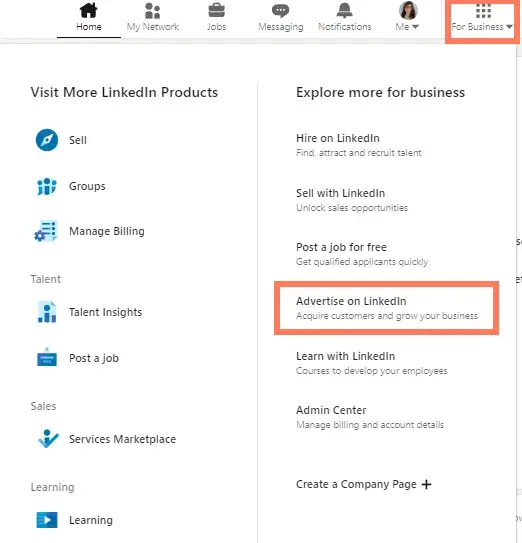


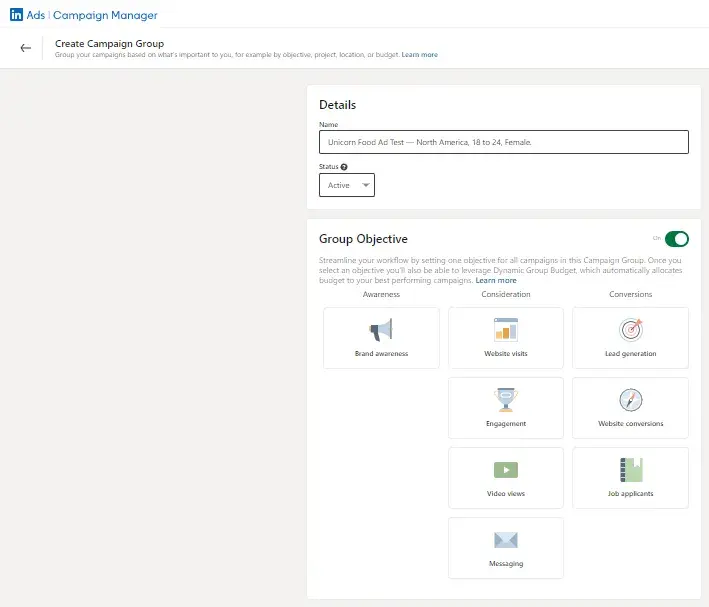
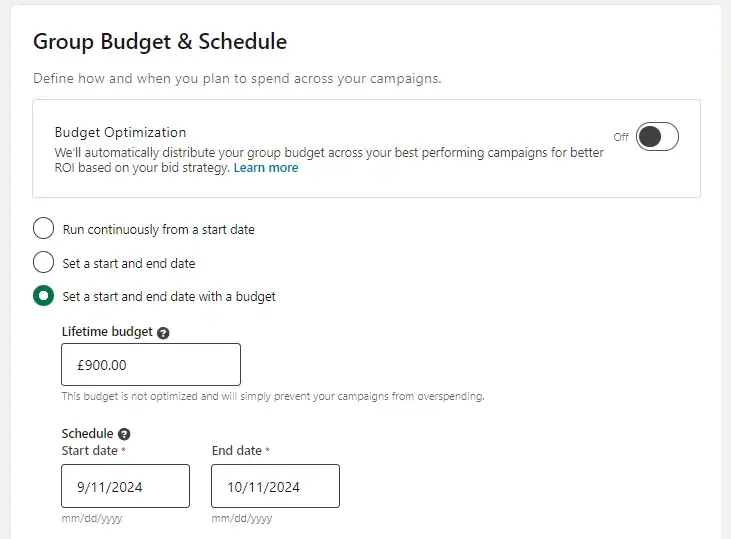
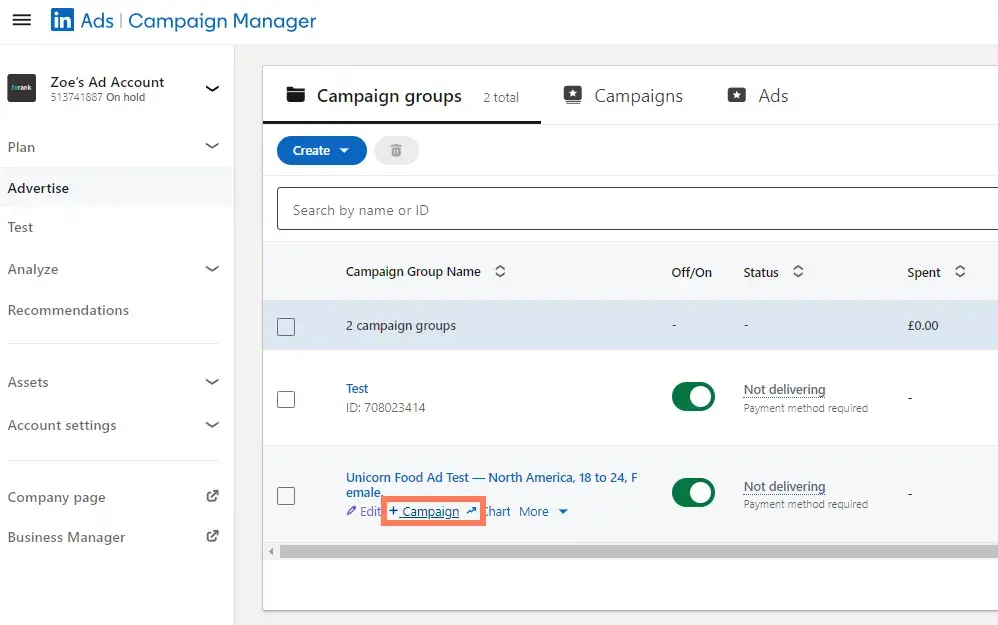
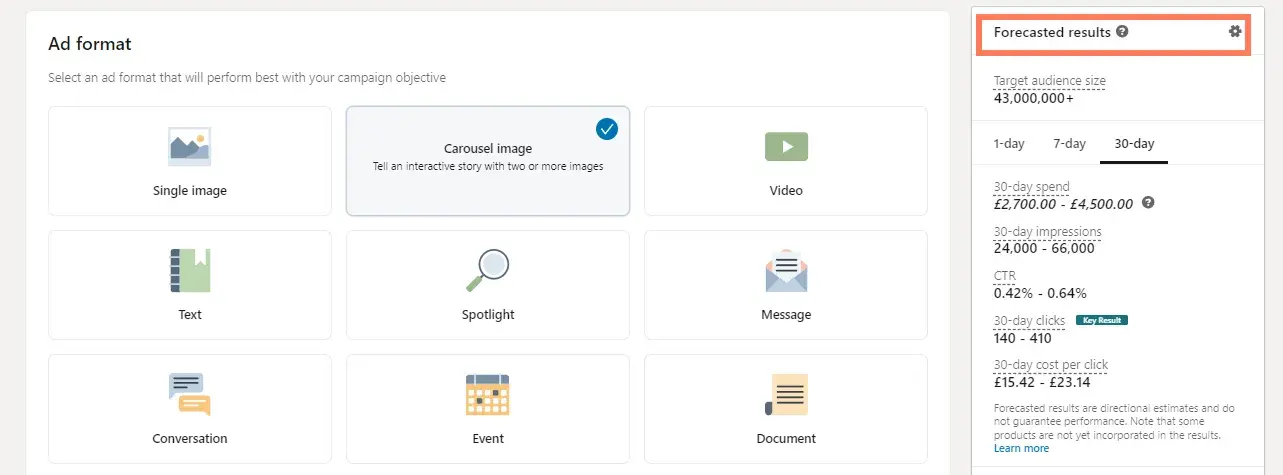
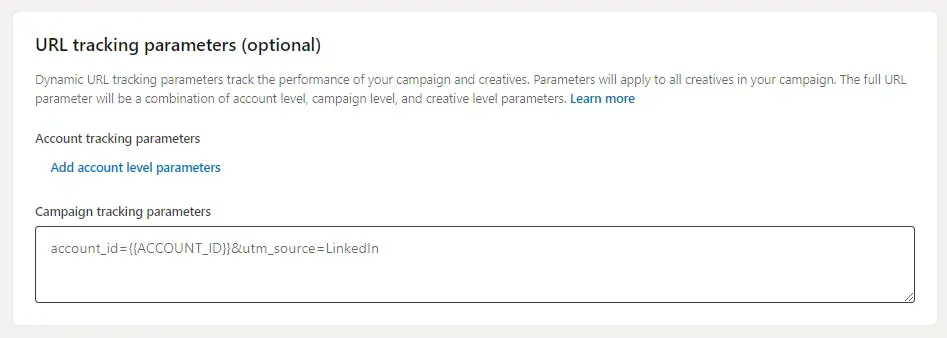

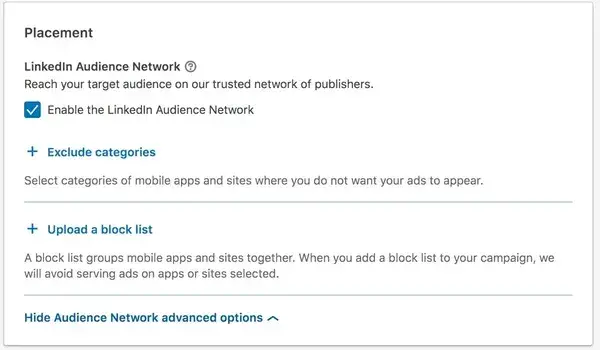
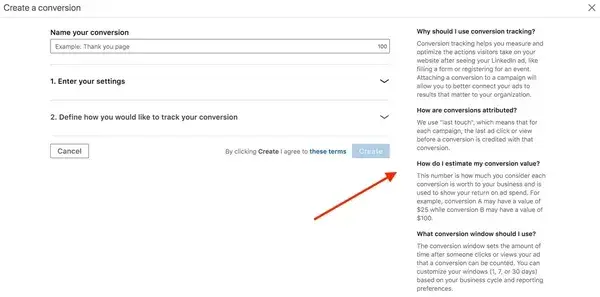

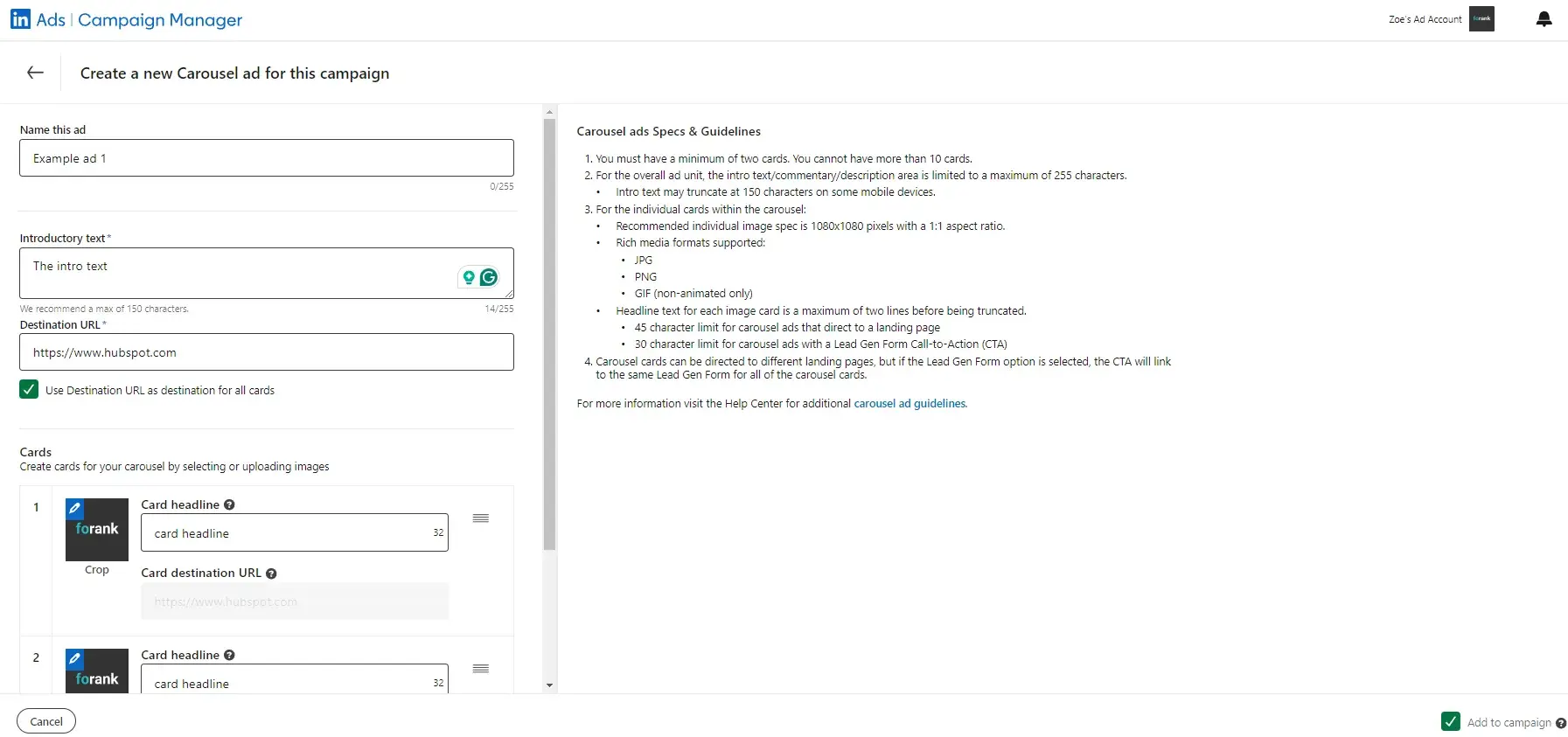
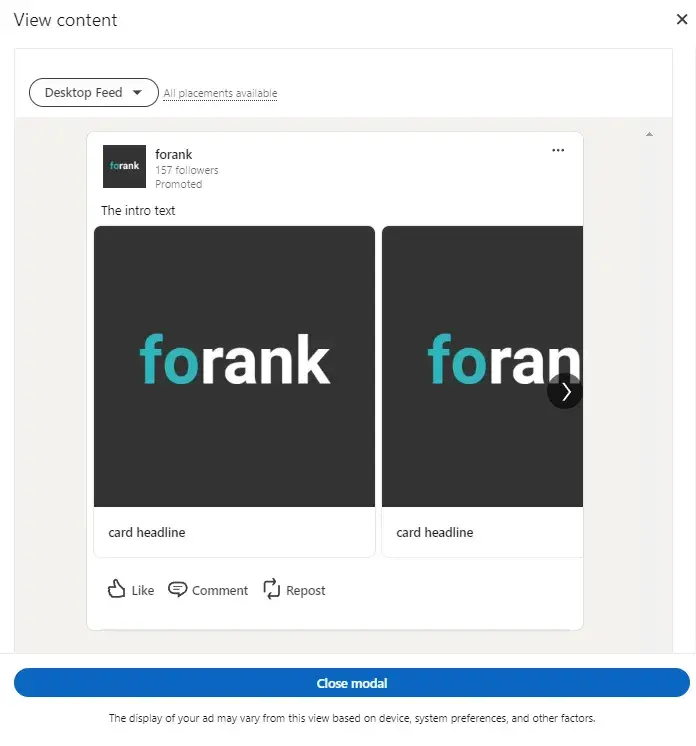

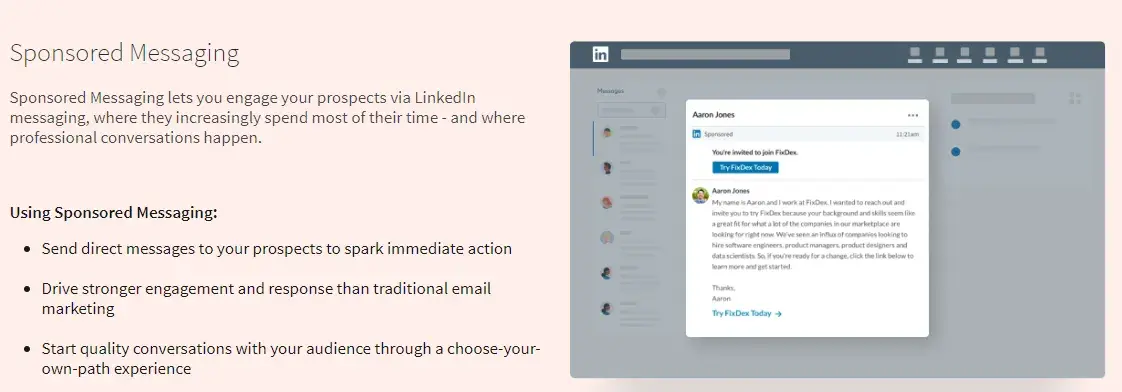

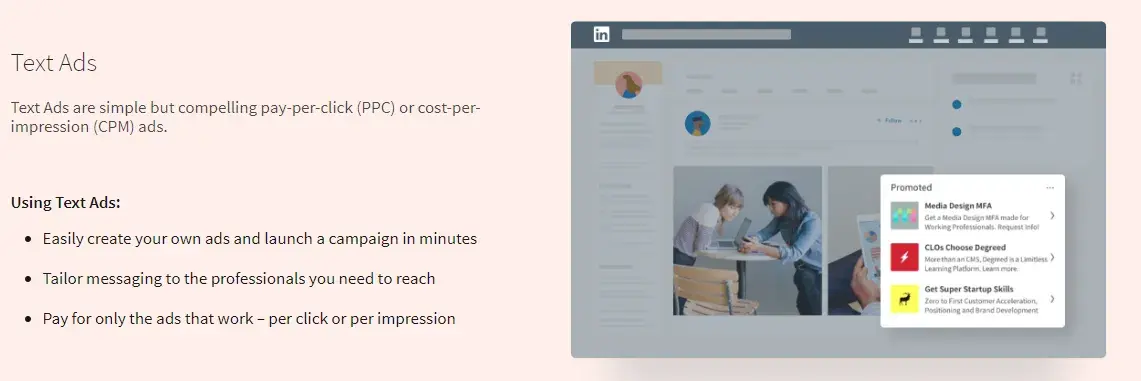
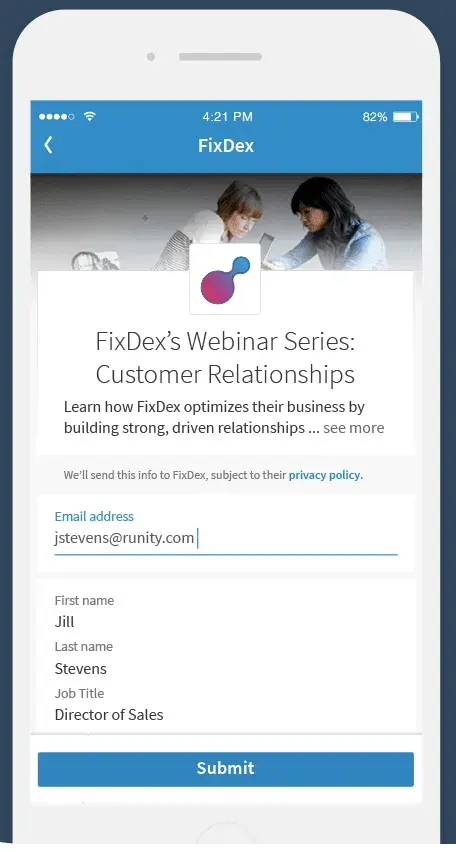

![Download Now: The Annual State of Artificial Intelligence in 2024 [Free Report]](https://no-cache.hubspot.com/cta/default/53/b72f2b25-8cc9-4642-9a1b-1e675d3d273b.png)








![Download Now: 100 ChatGPT Prompts for Marketers [Free Guide]](https://no-cache.hubspot.com/cta/default/53/c497a8fe-0f60-4244-9cb1-5bed4d1e5ab6.png)
























